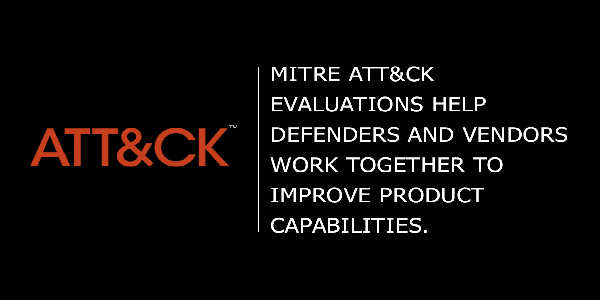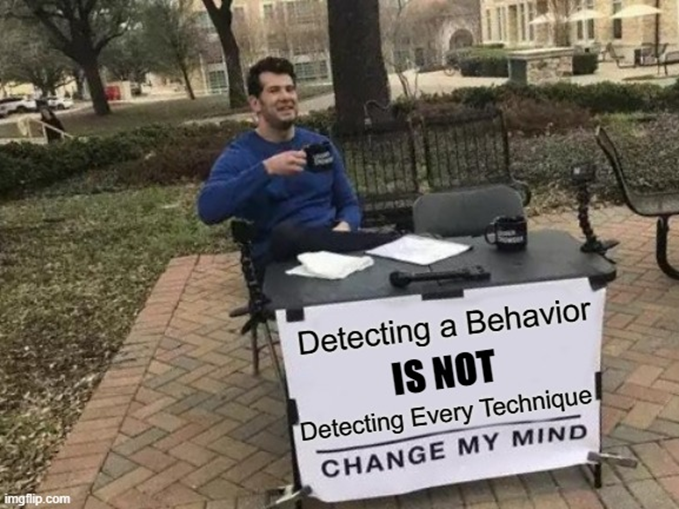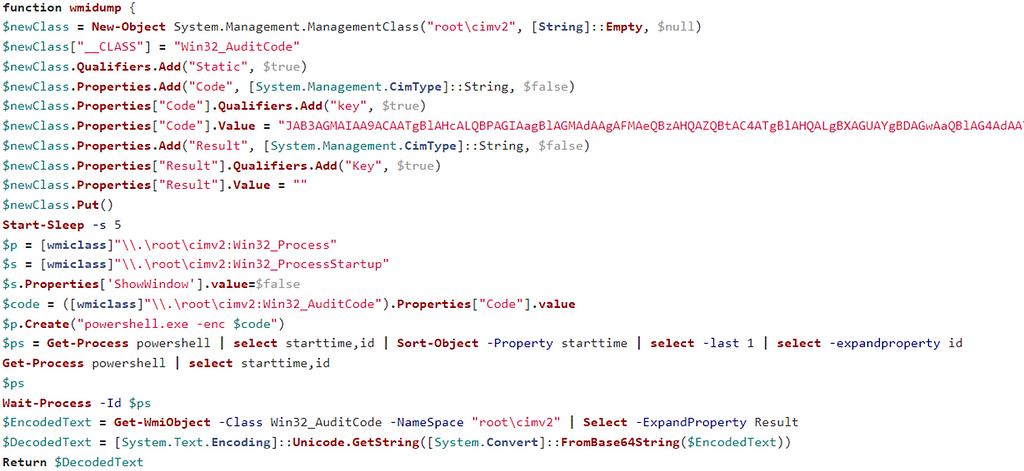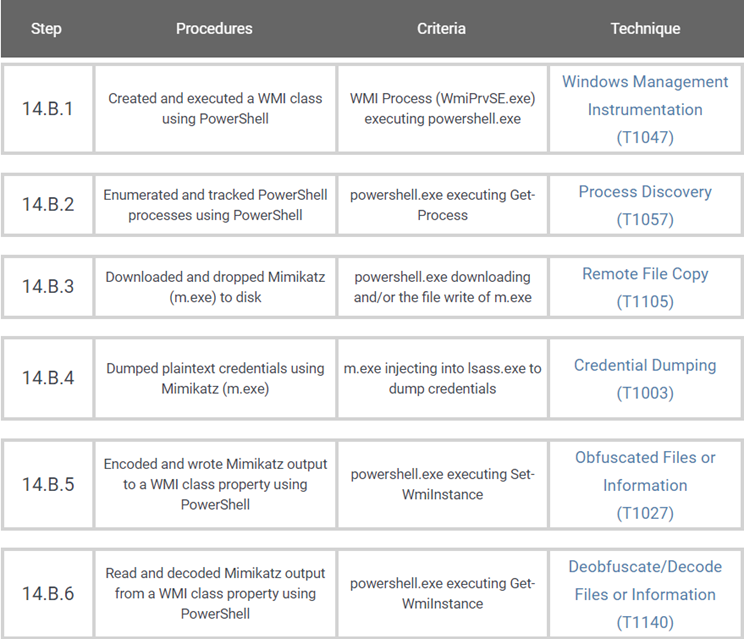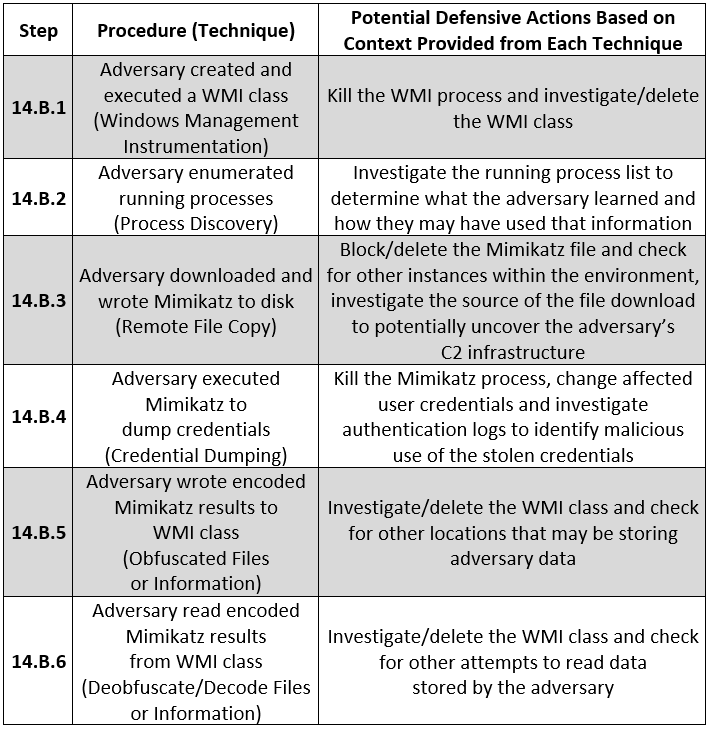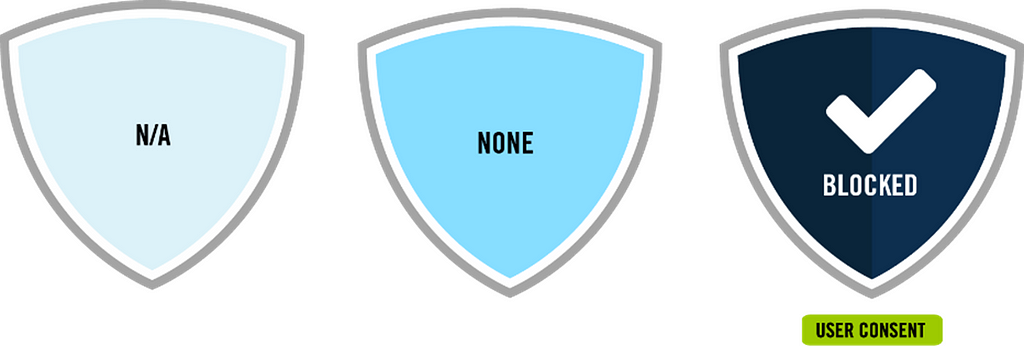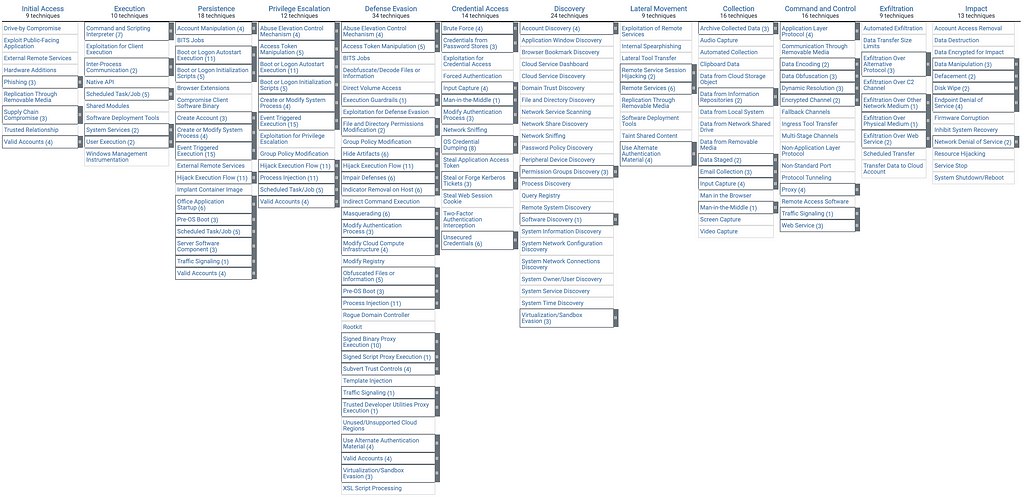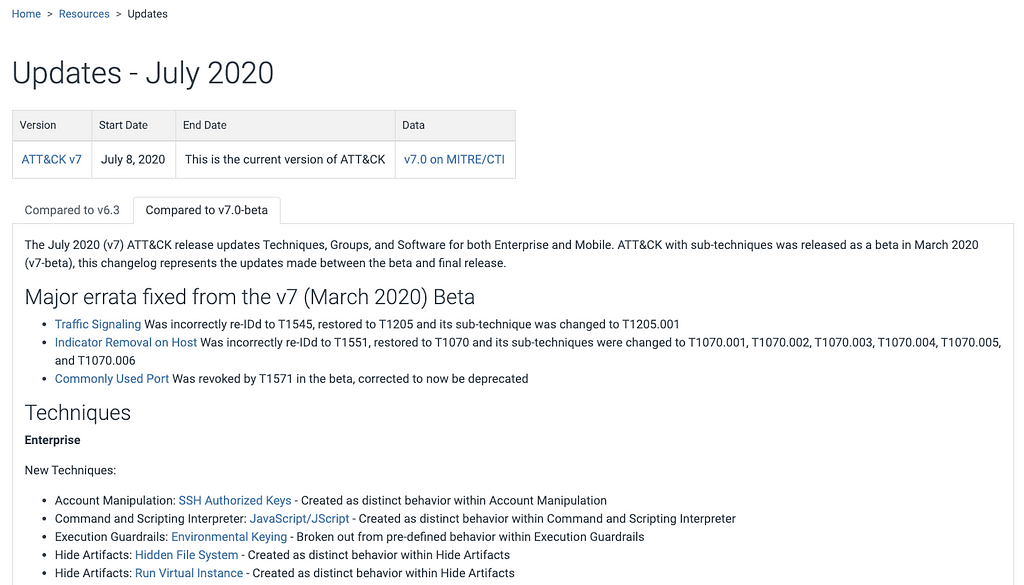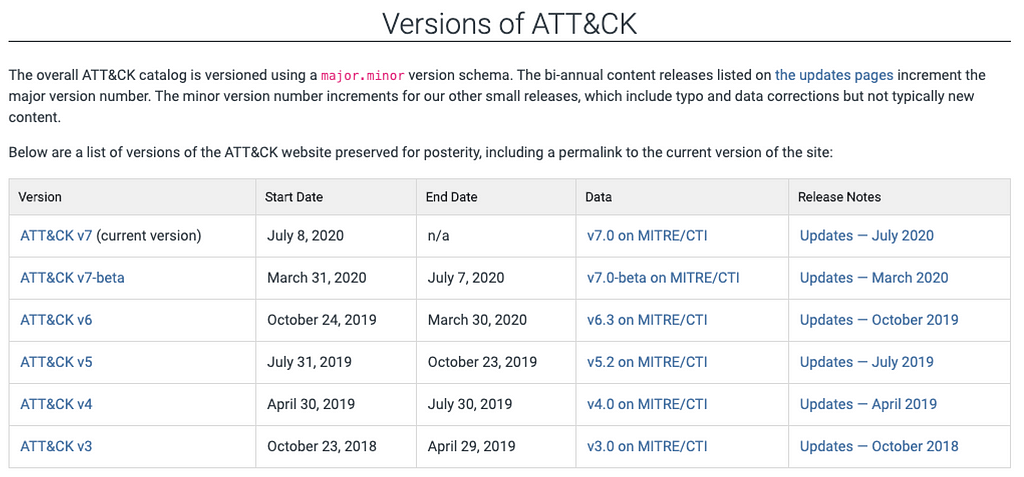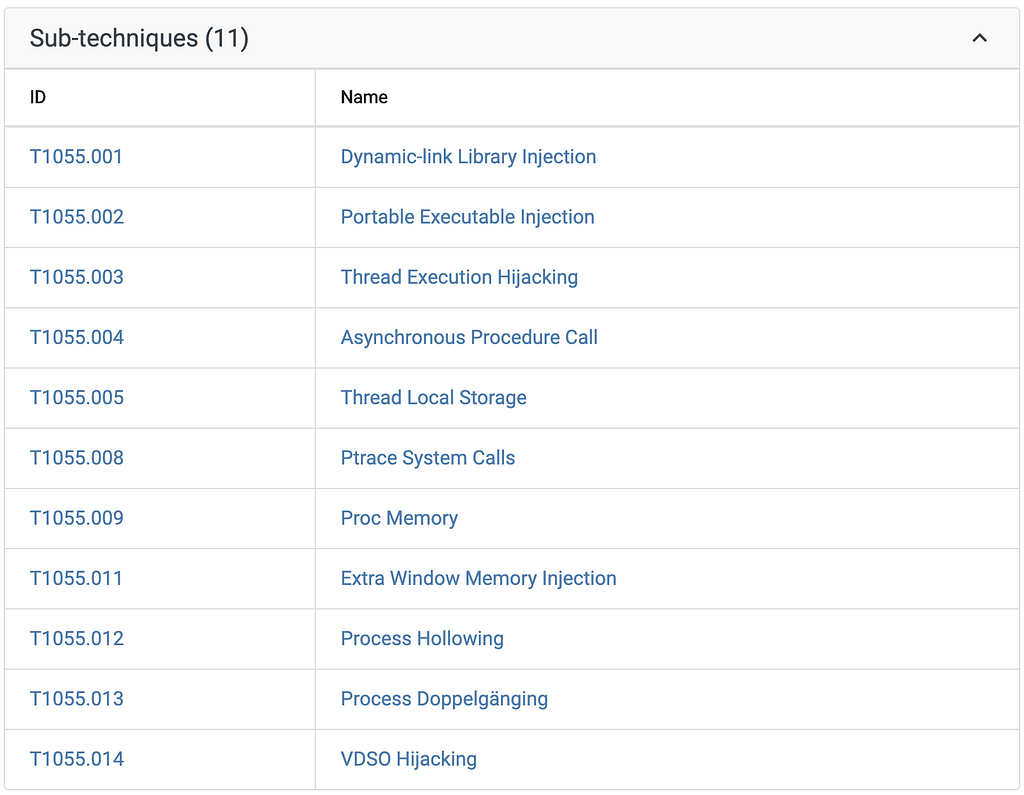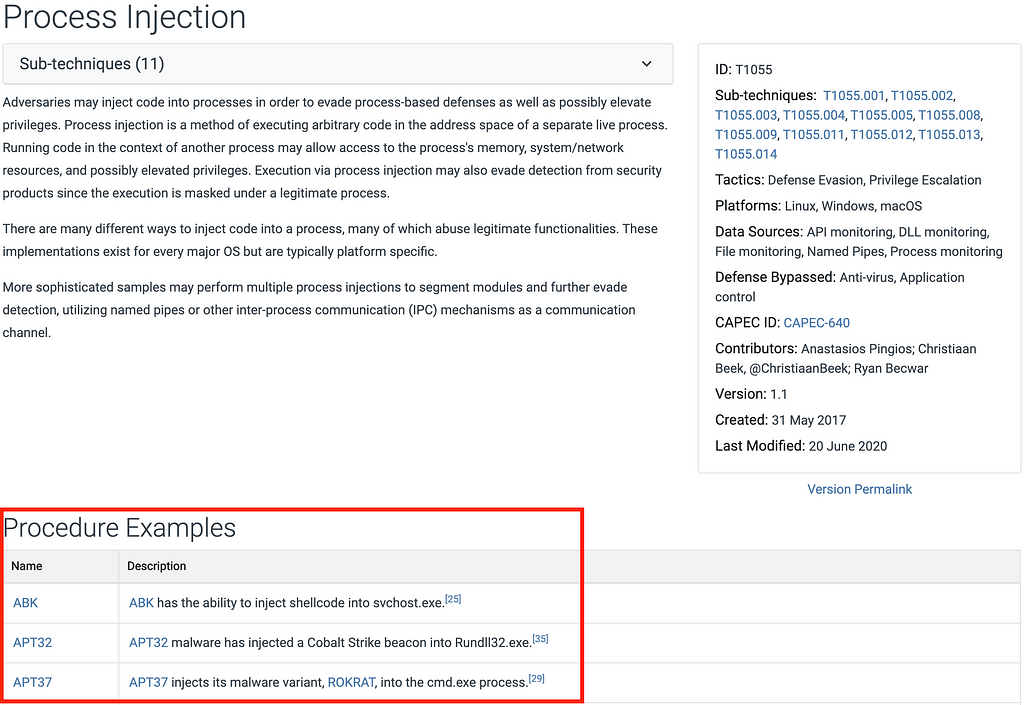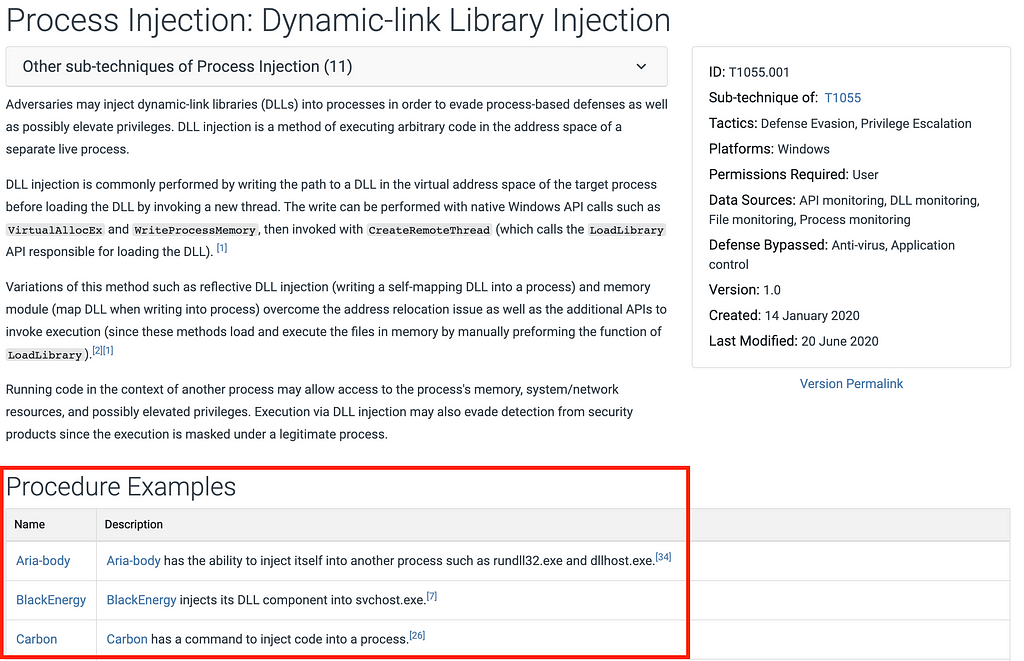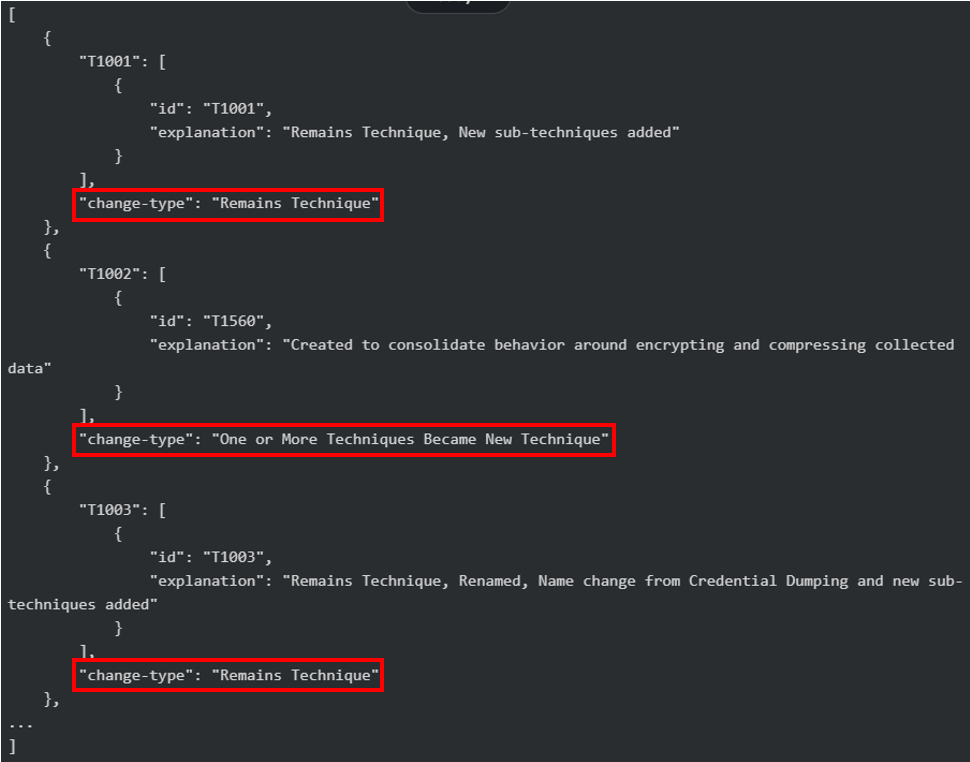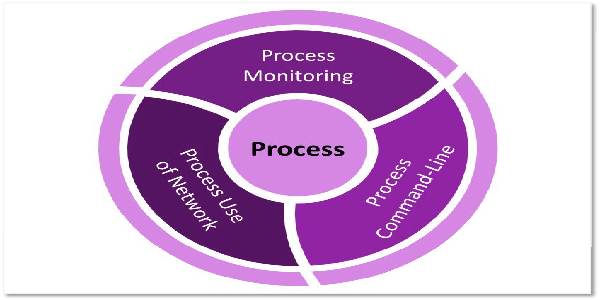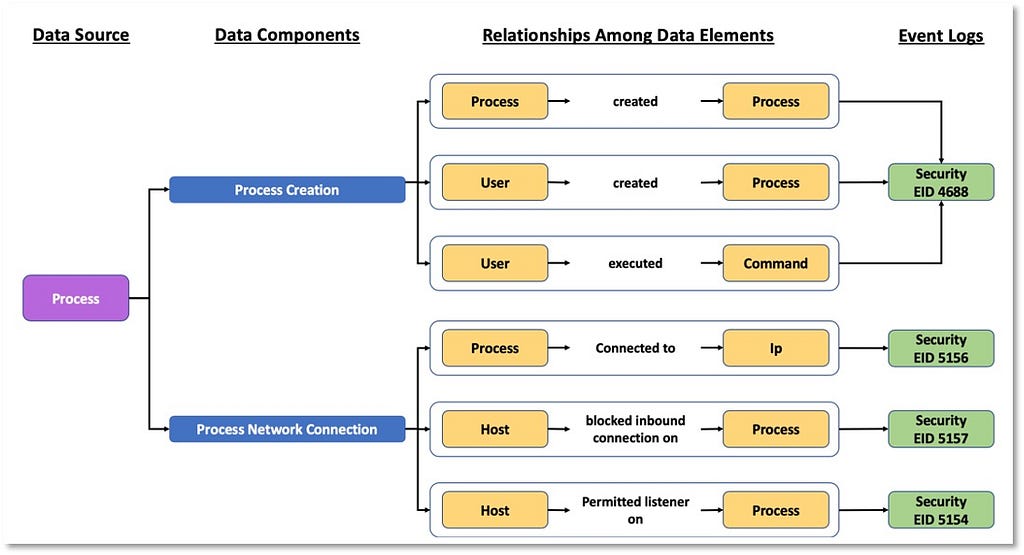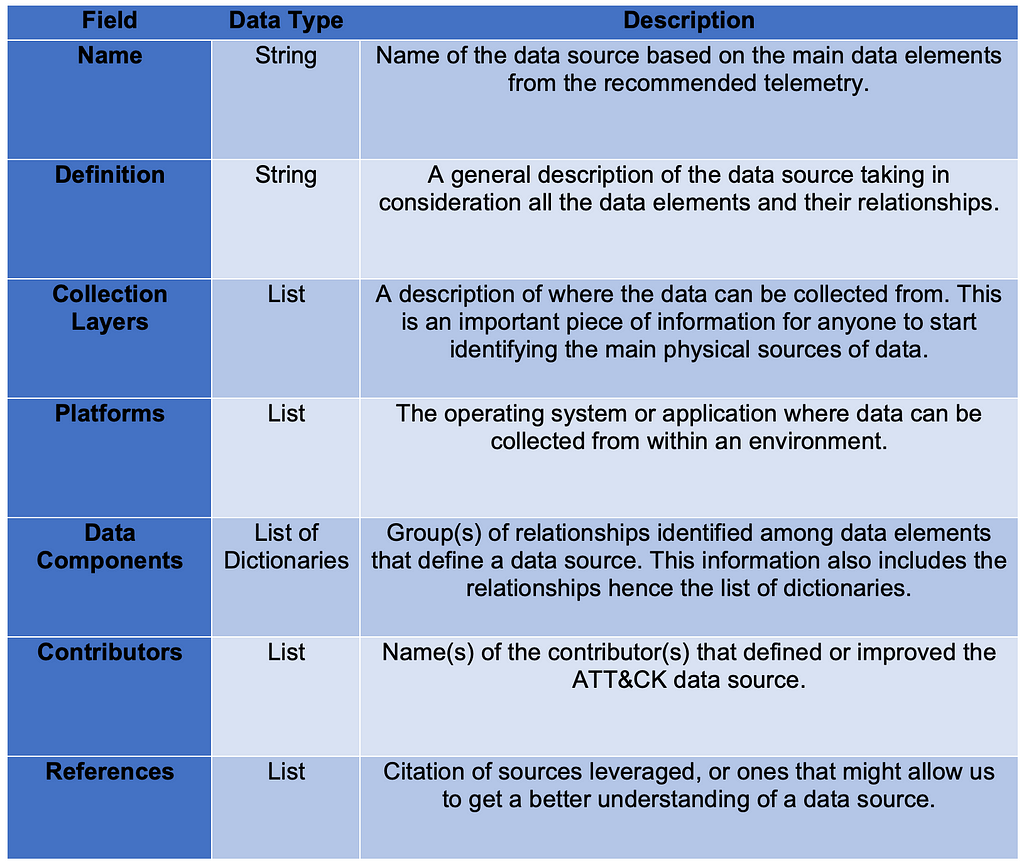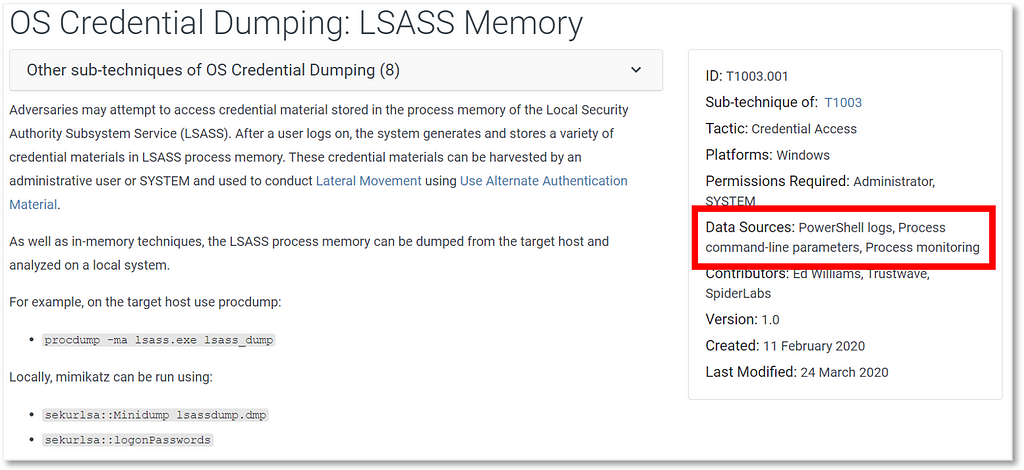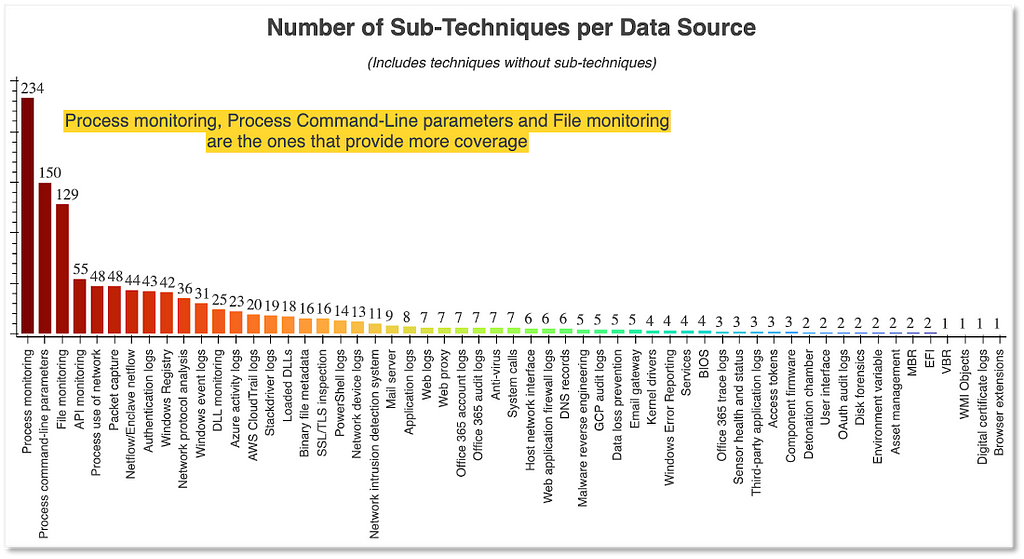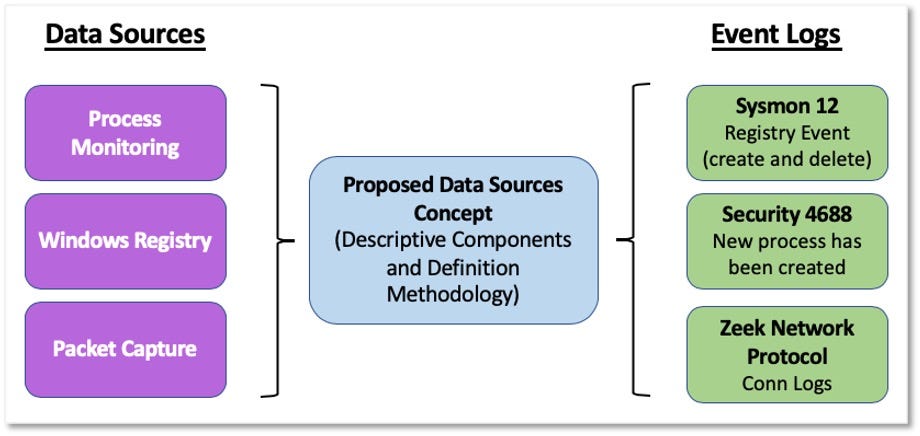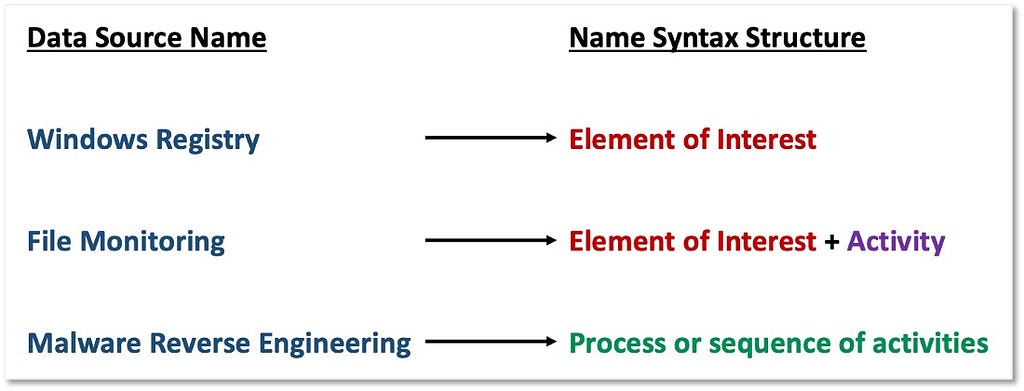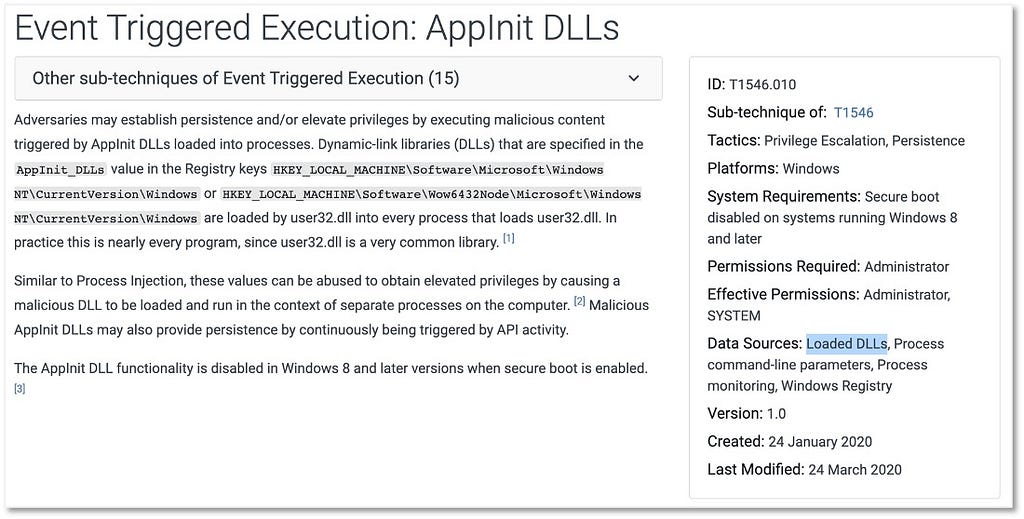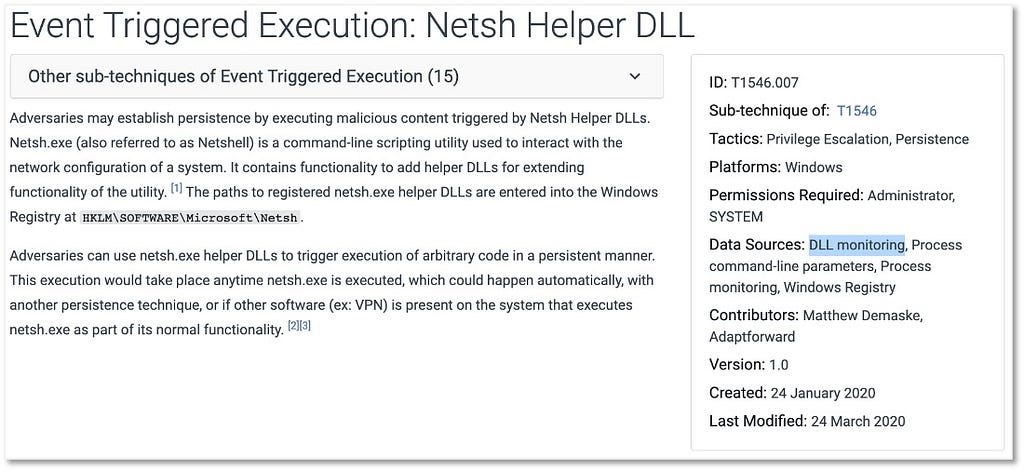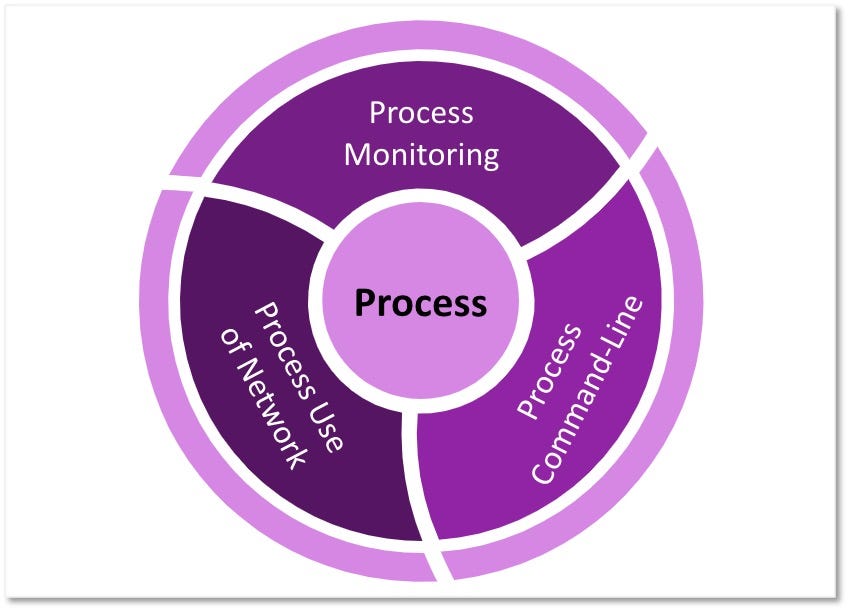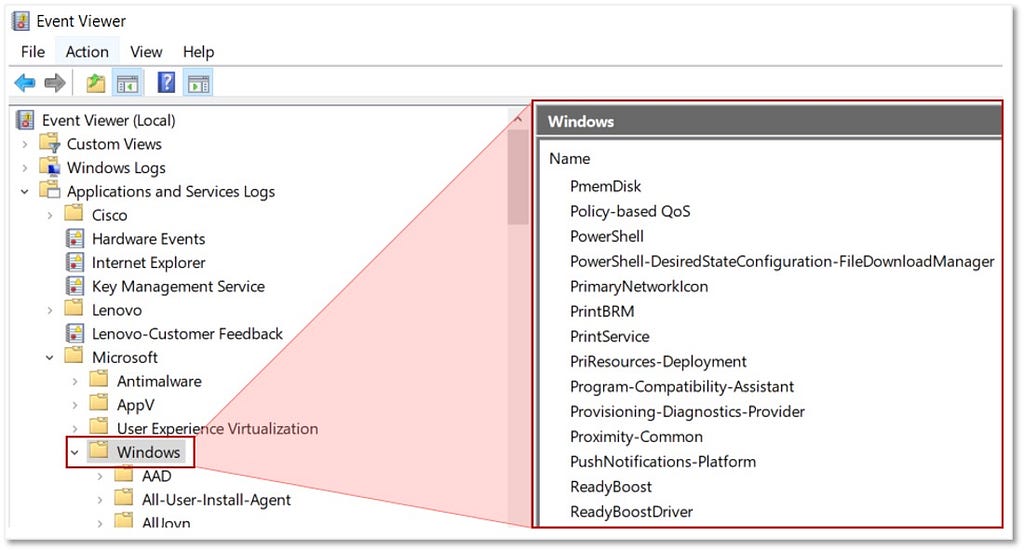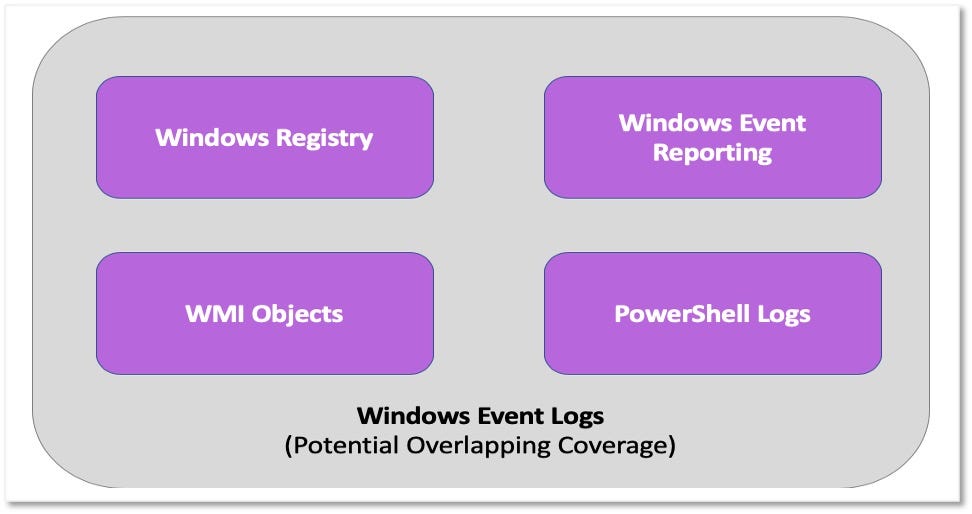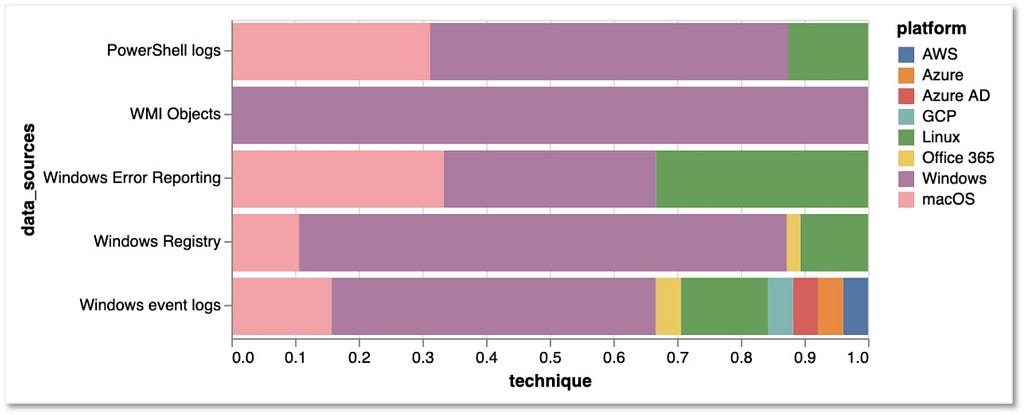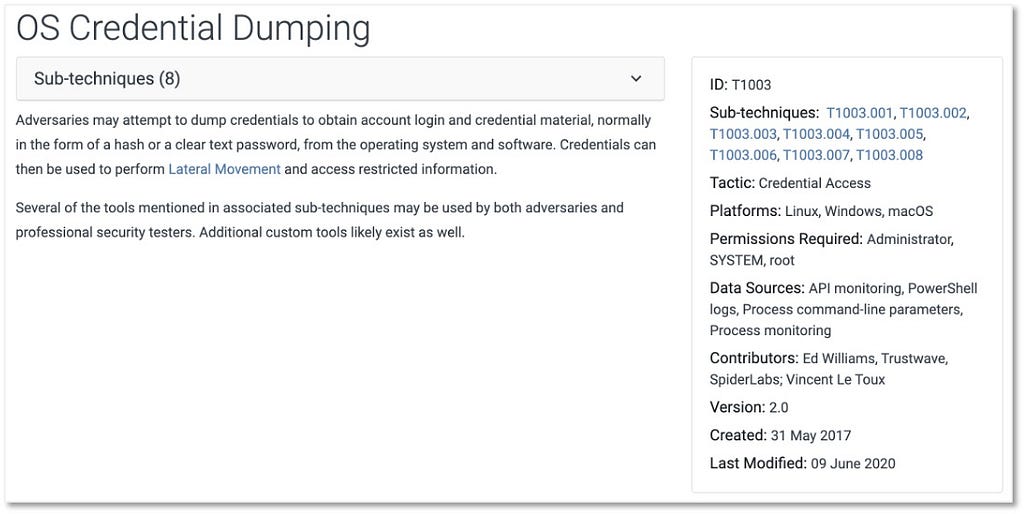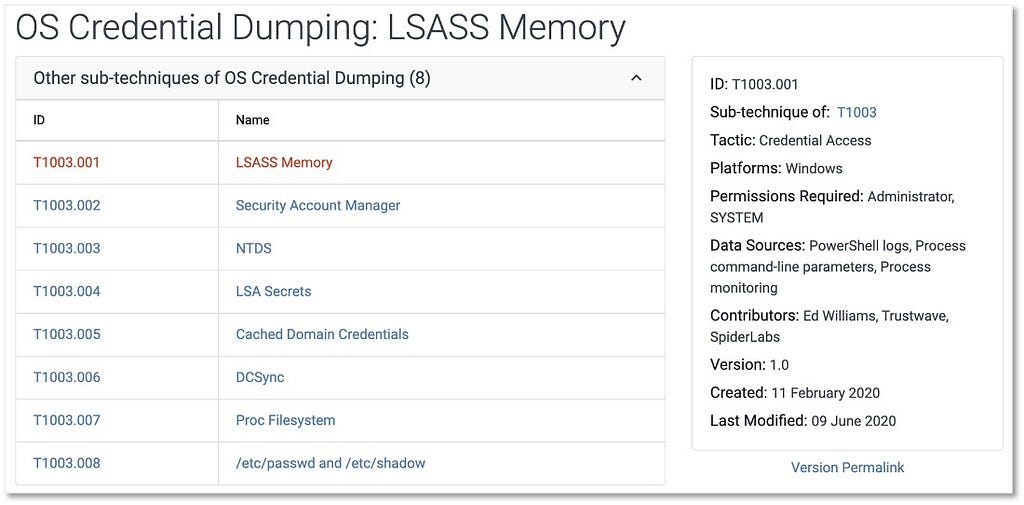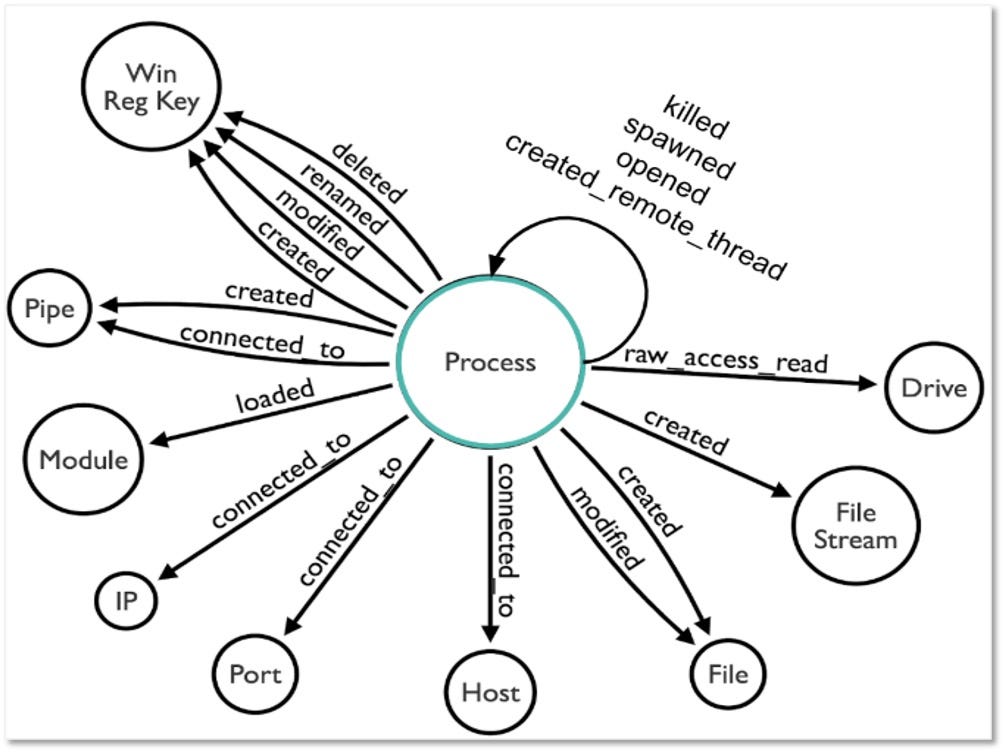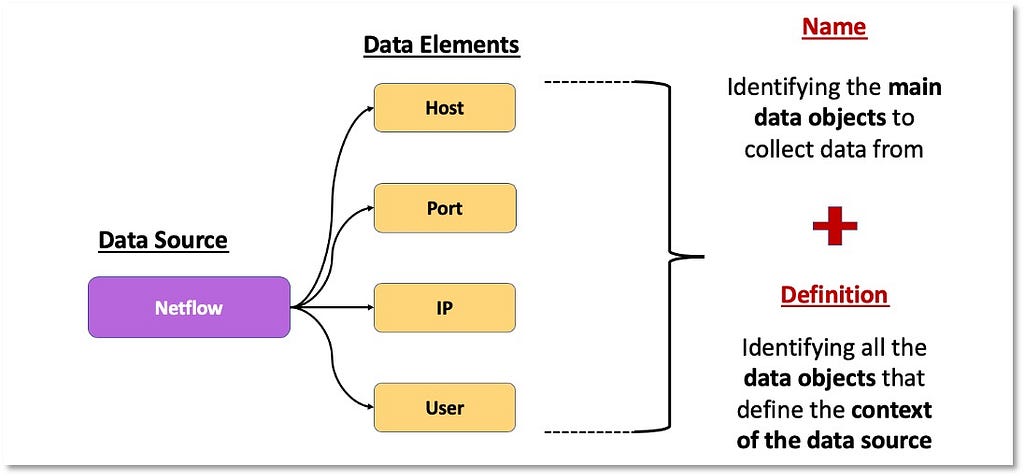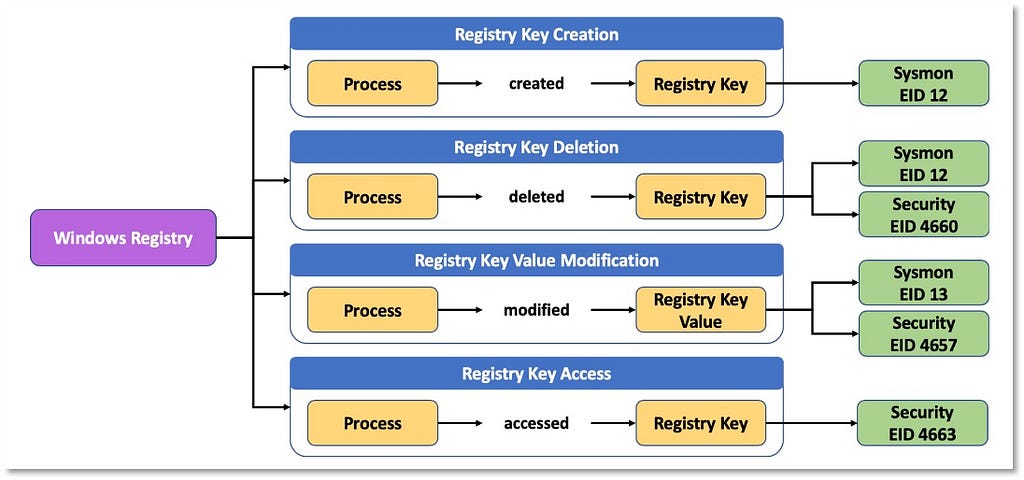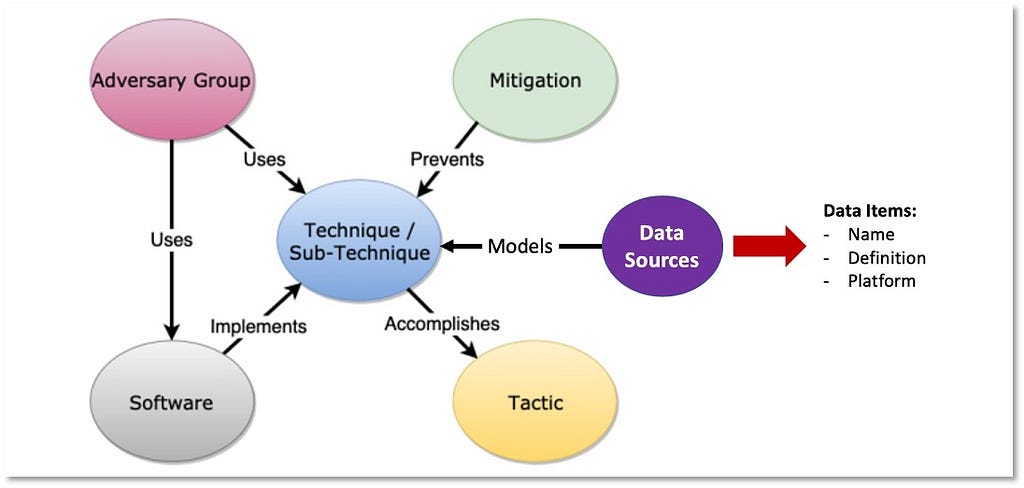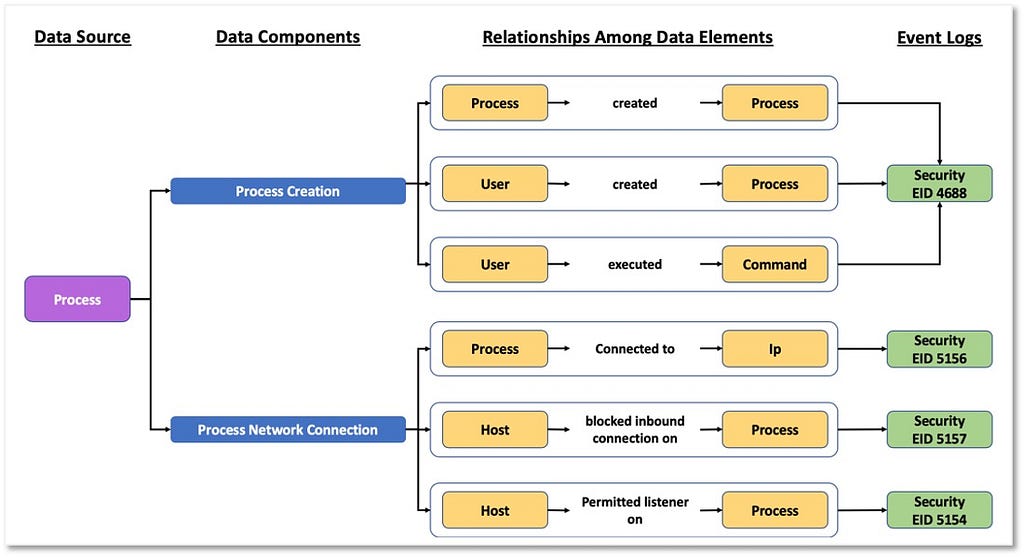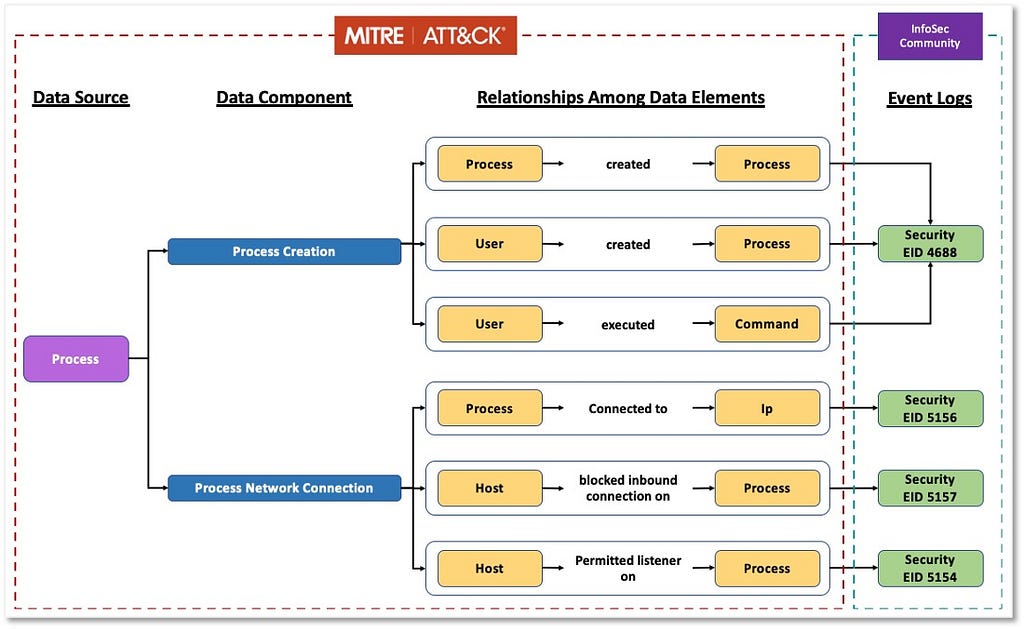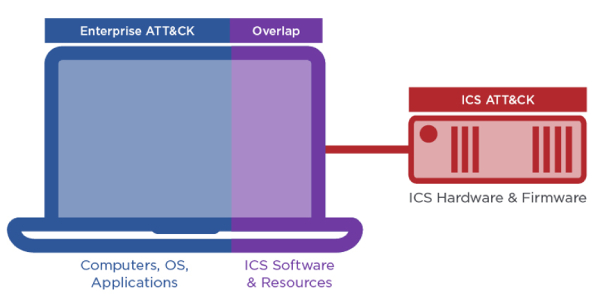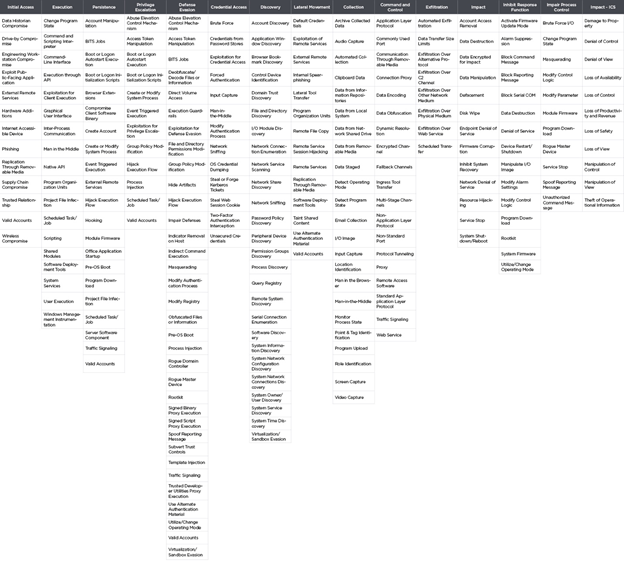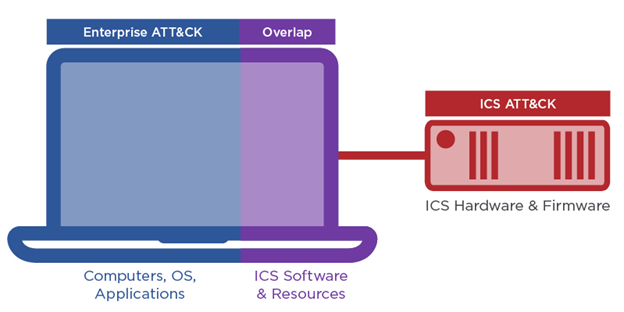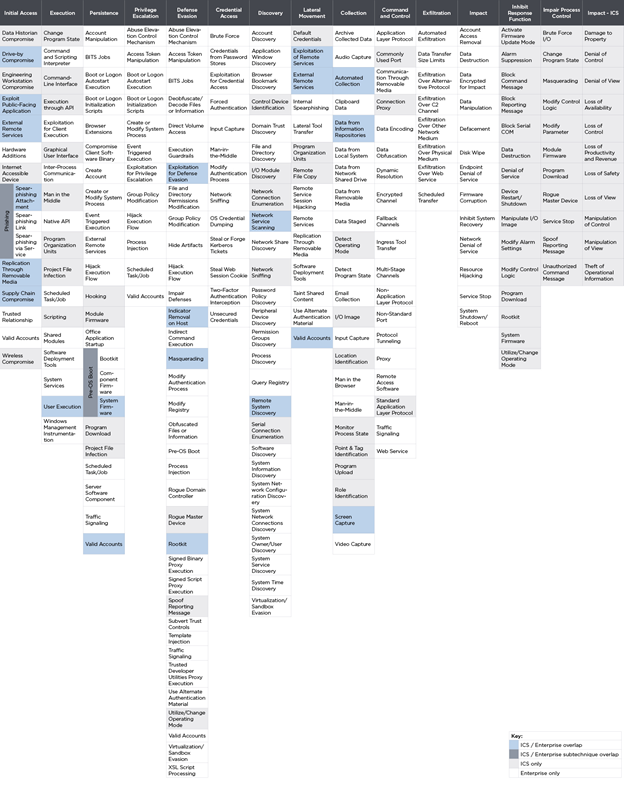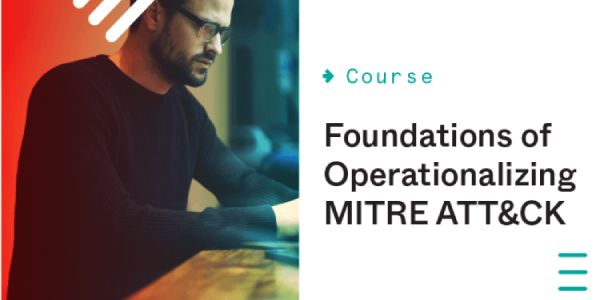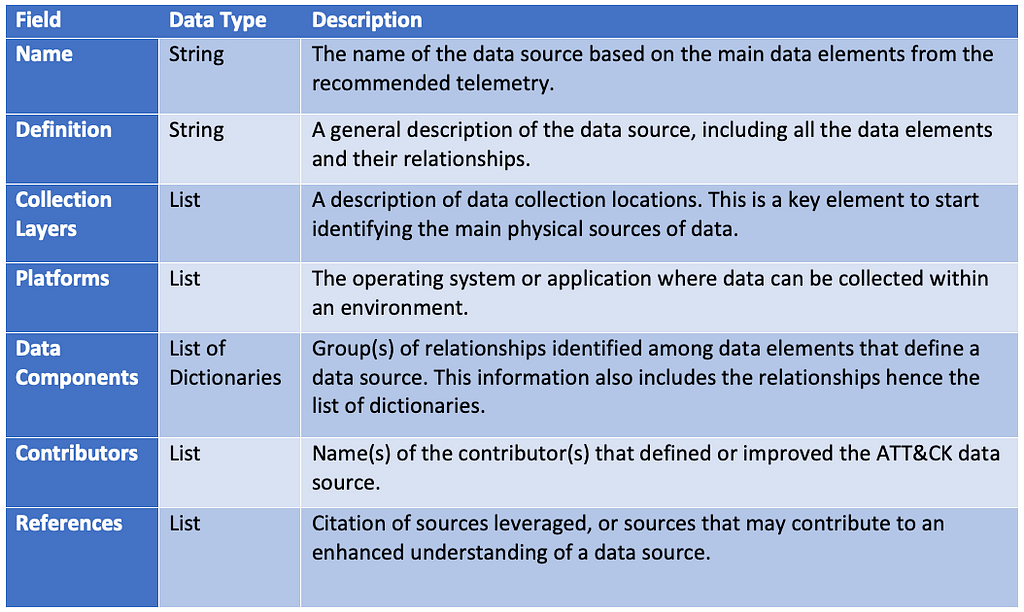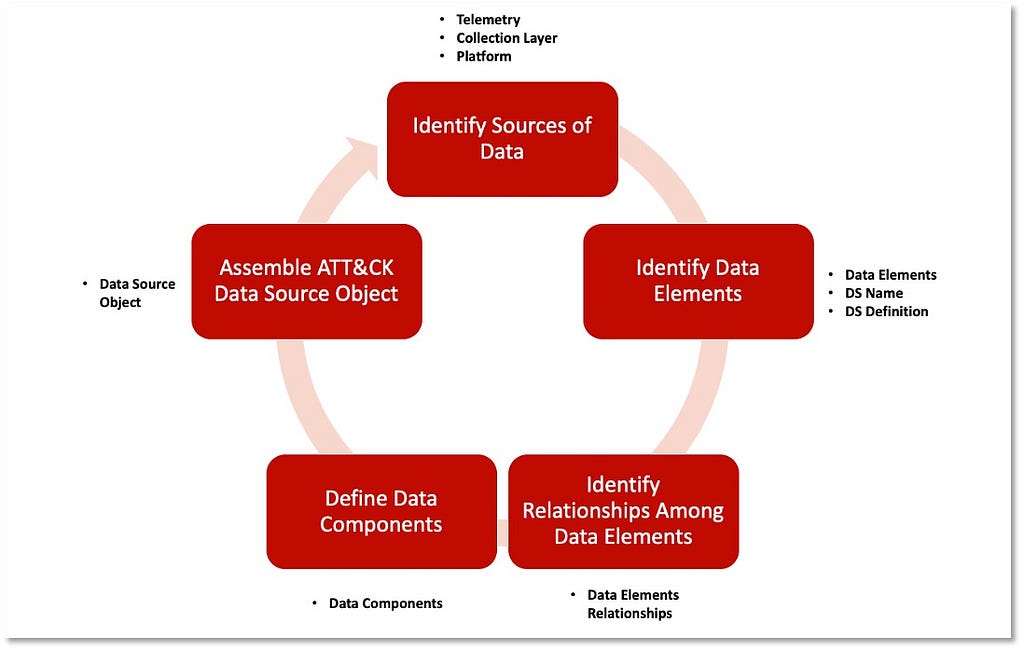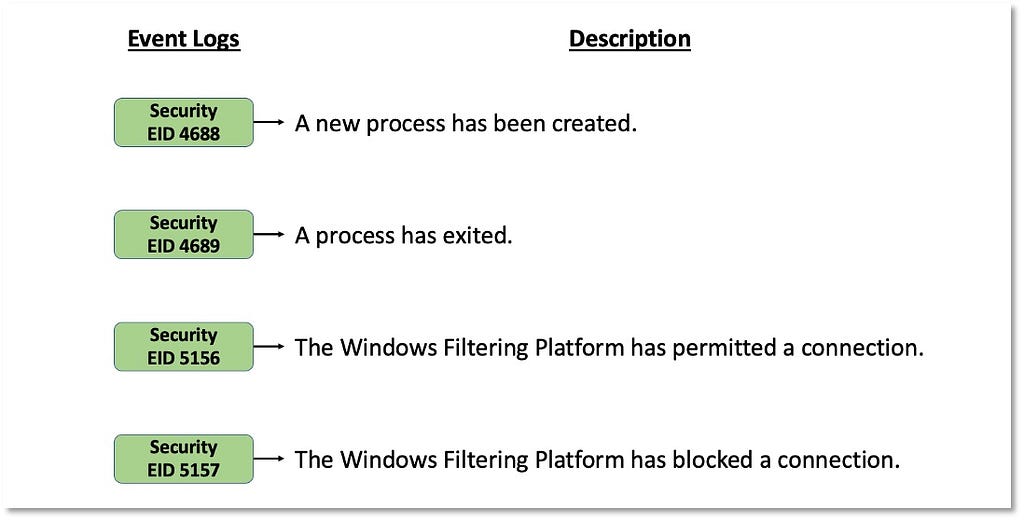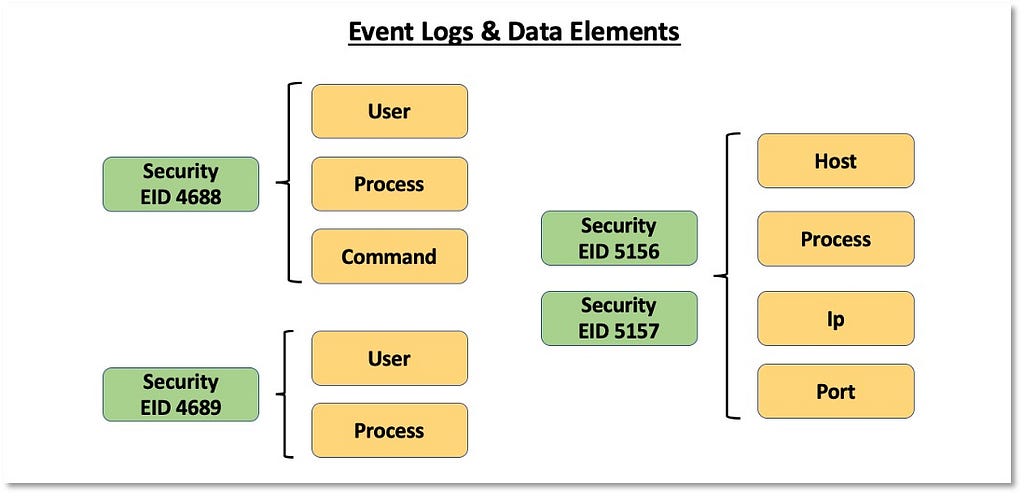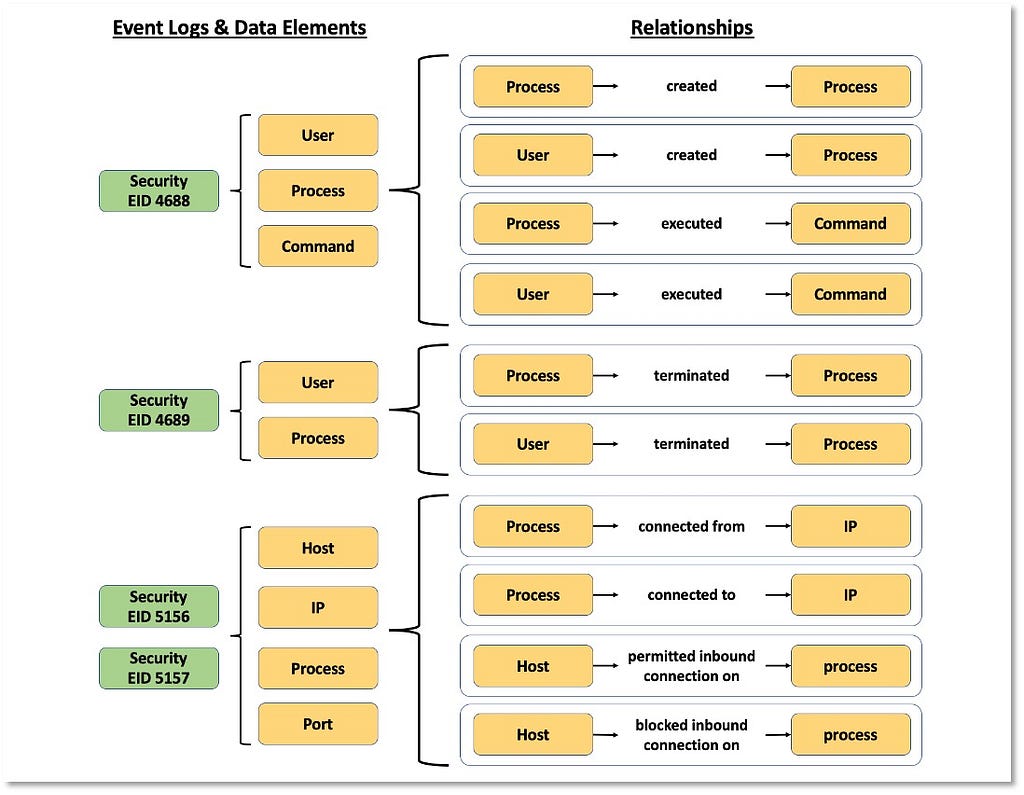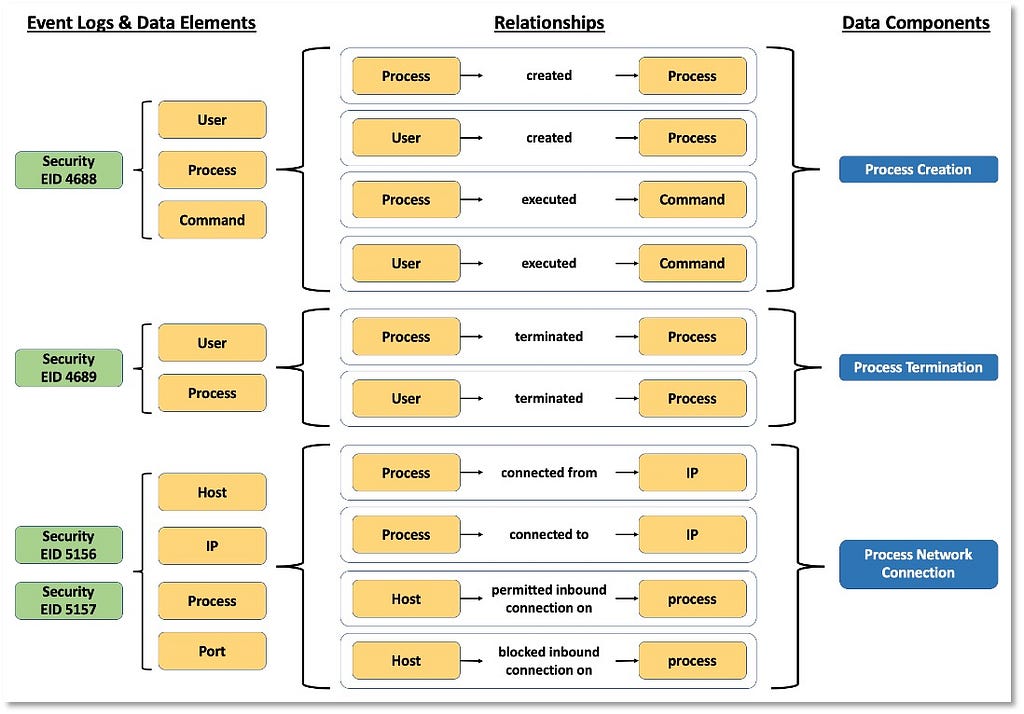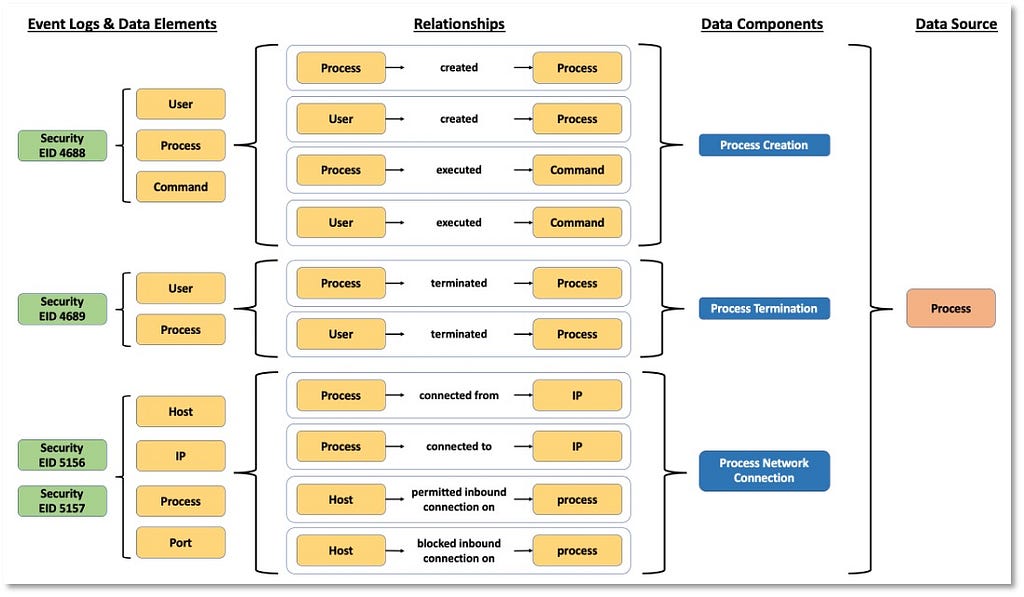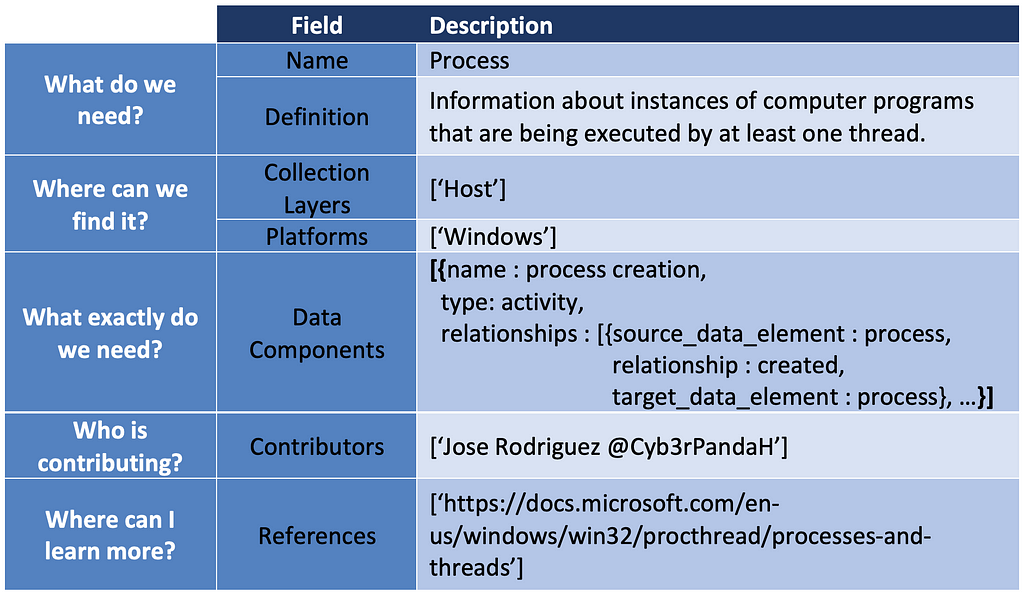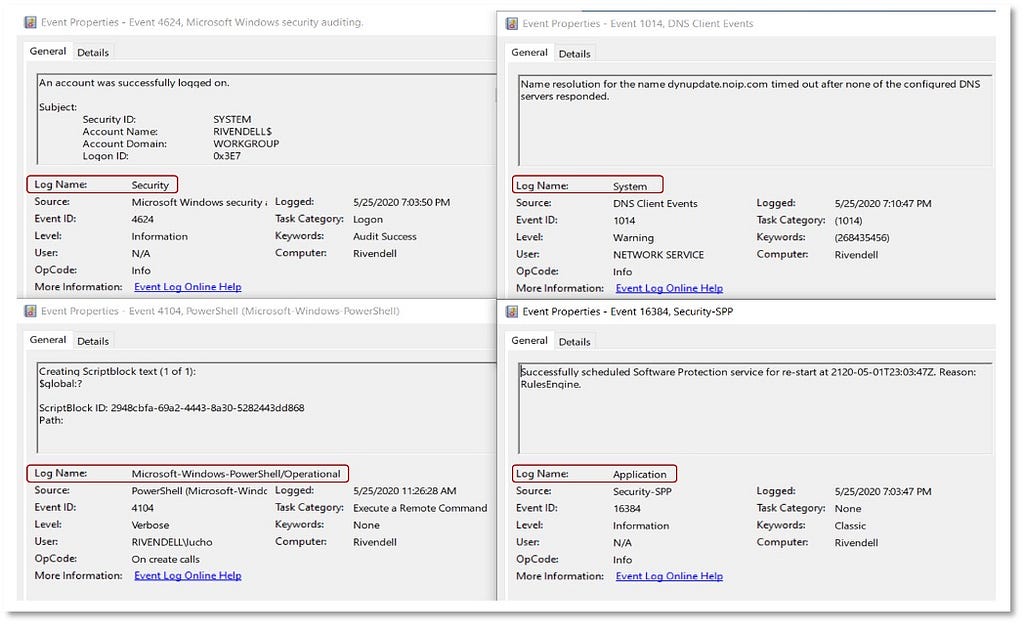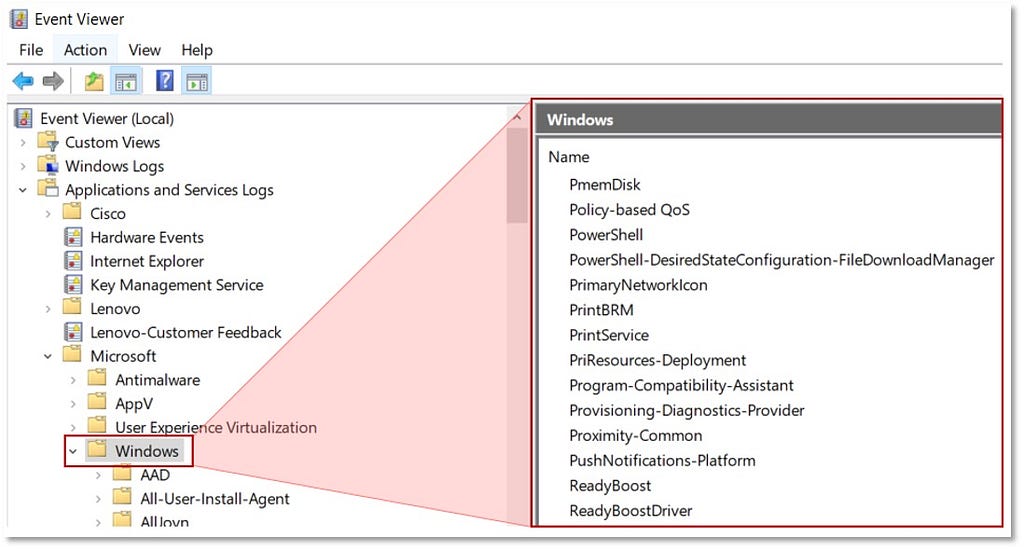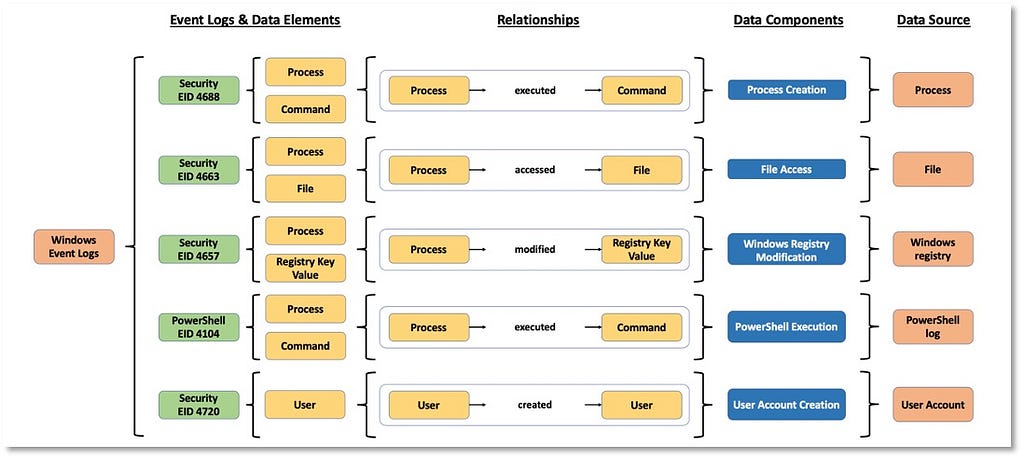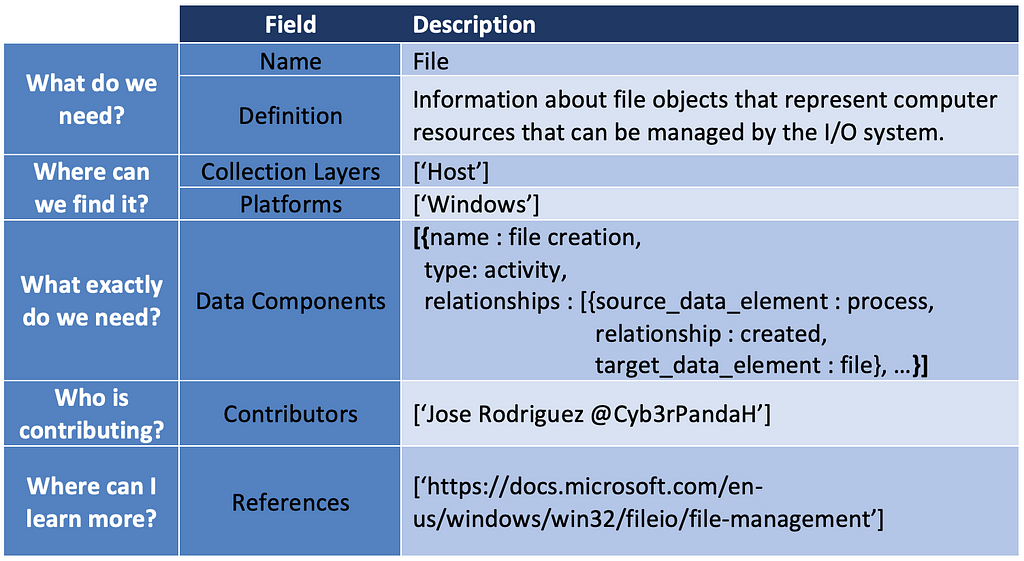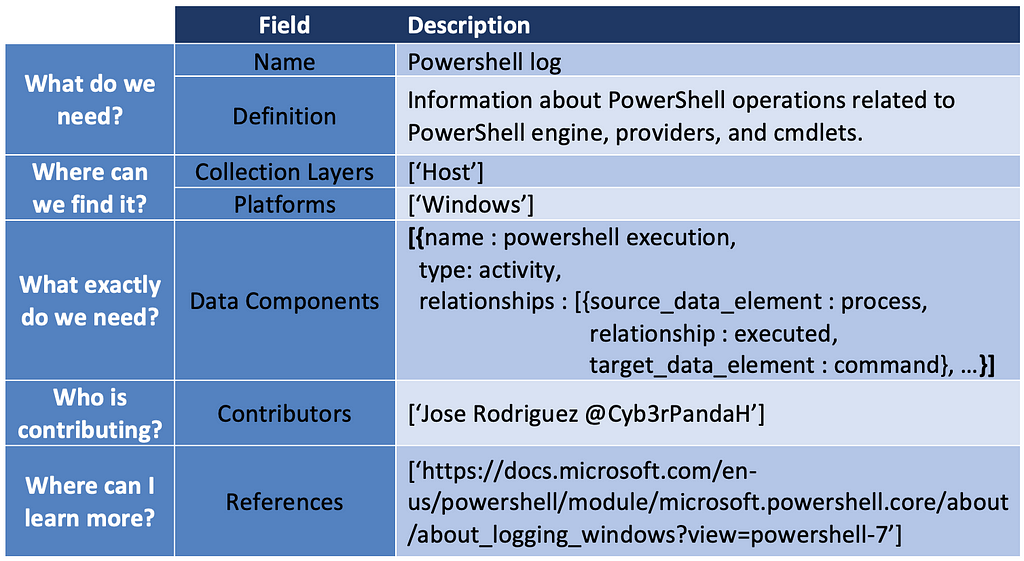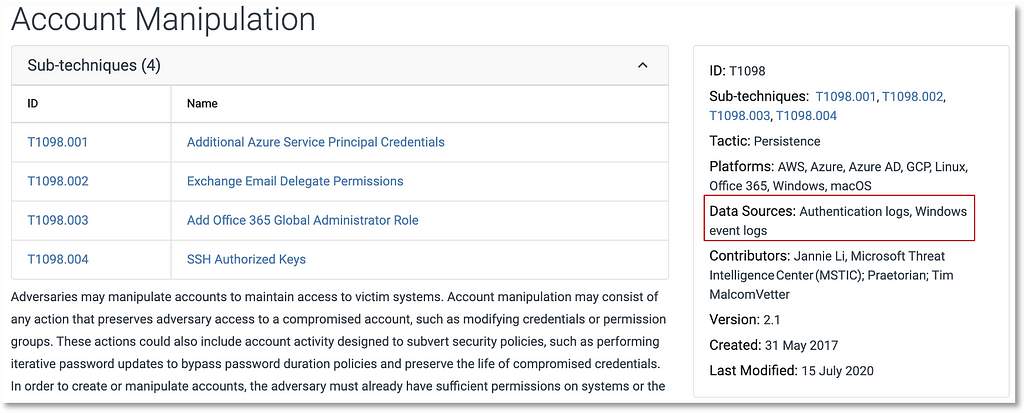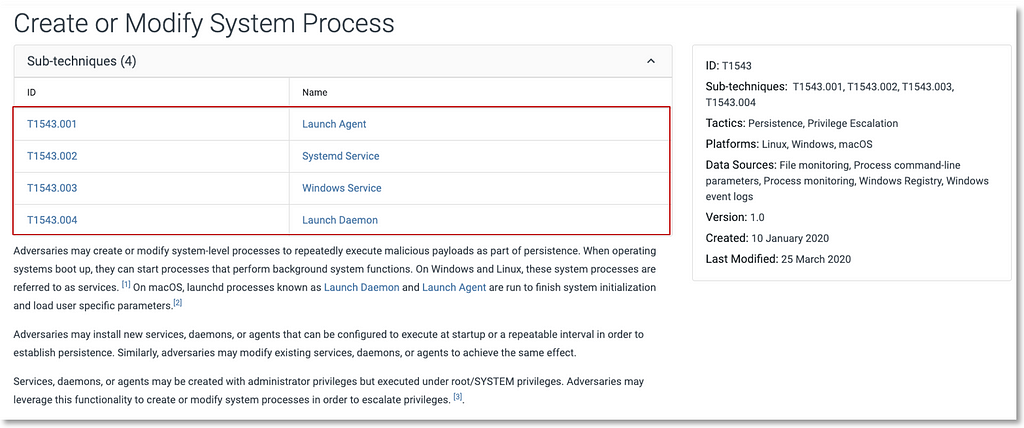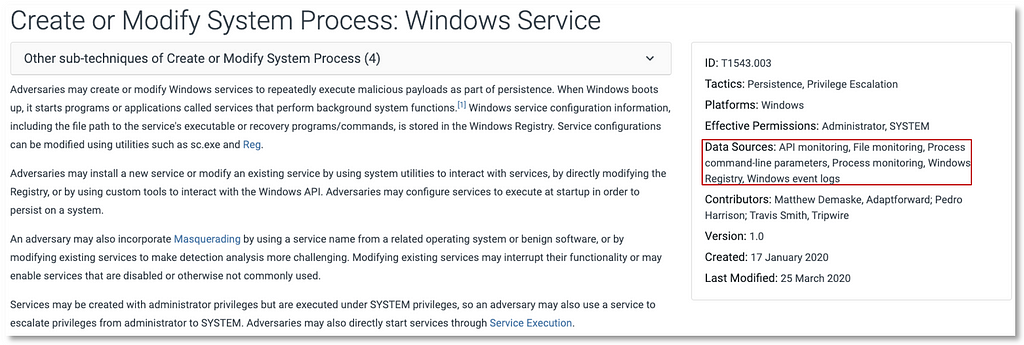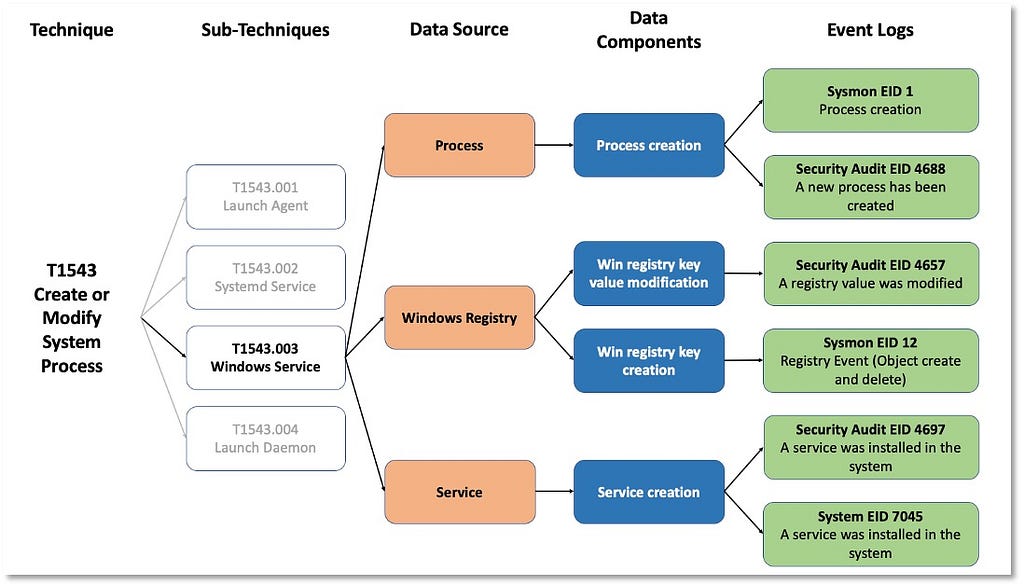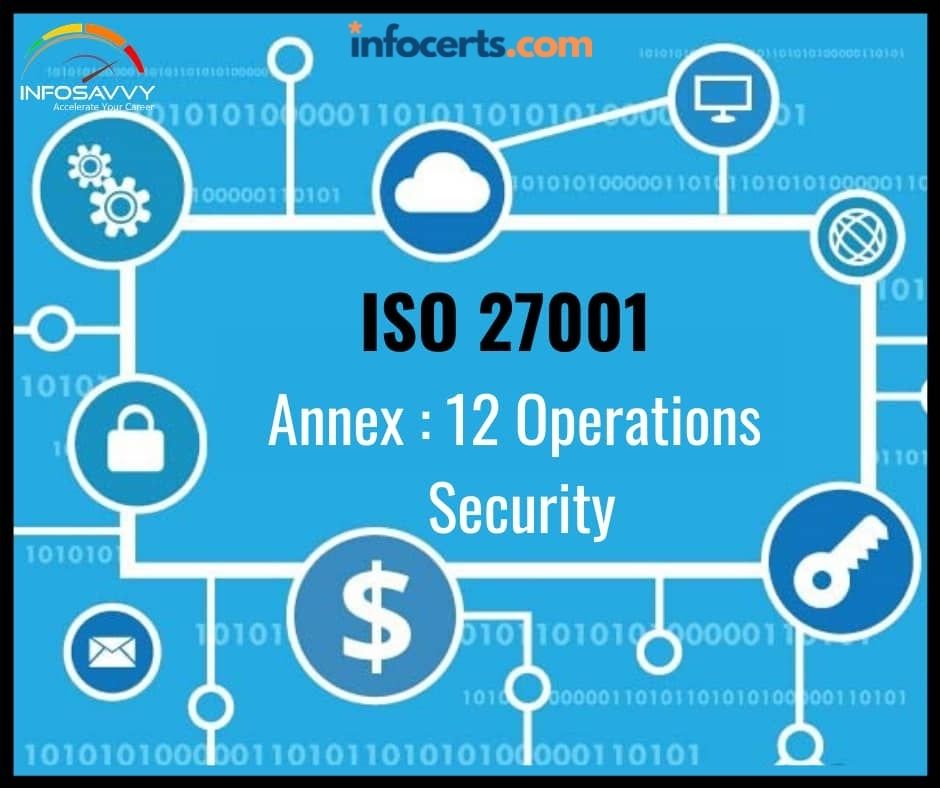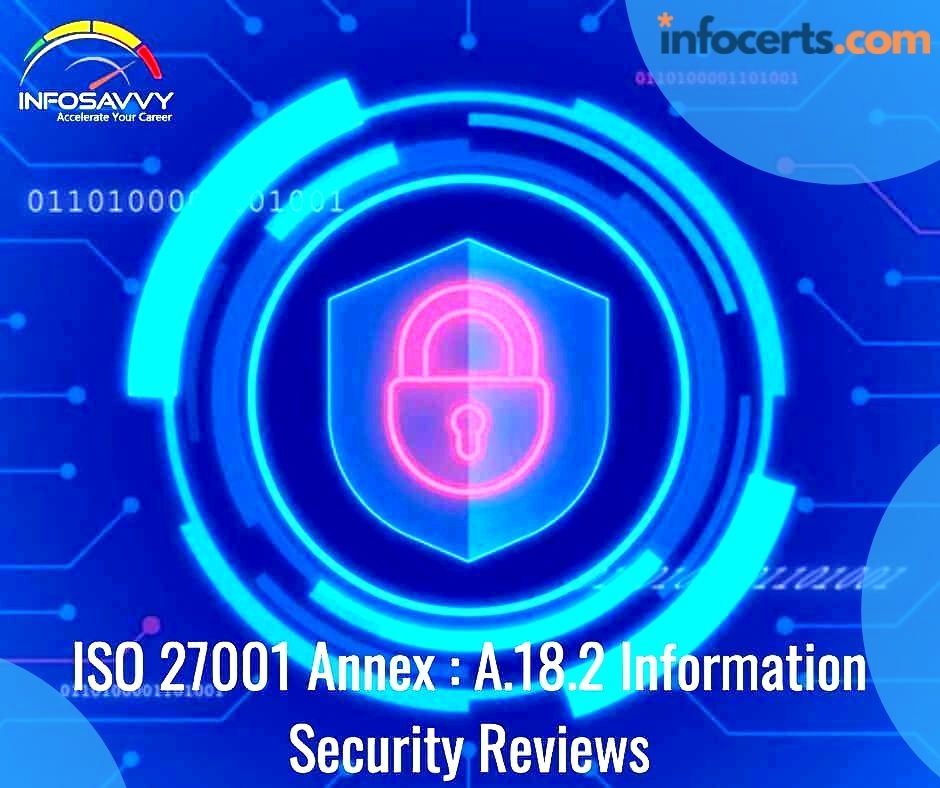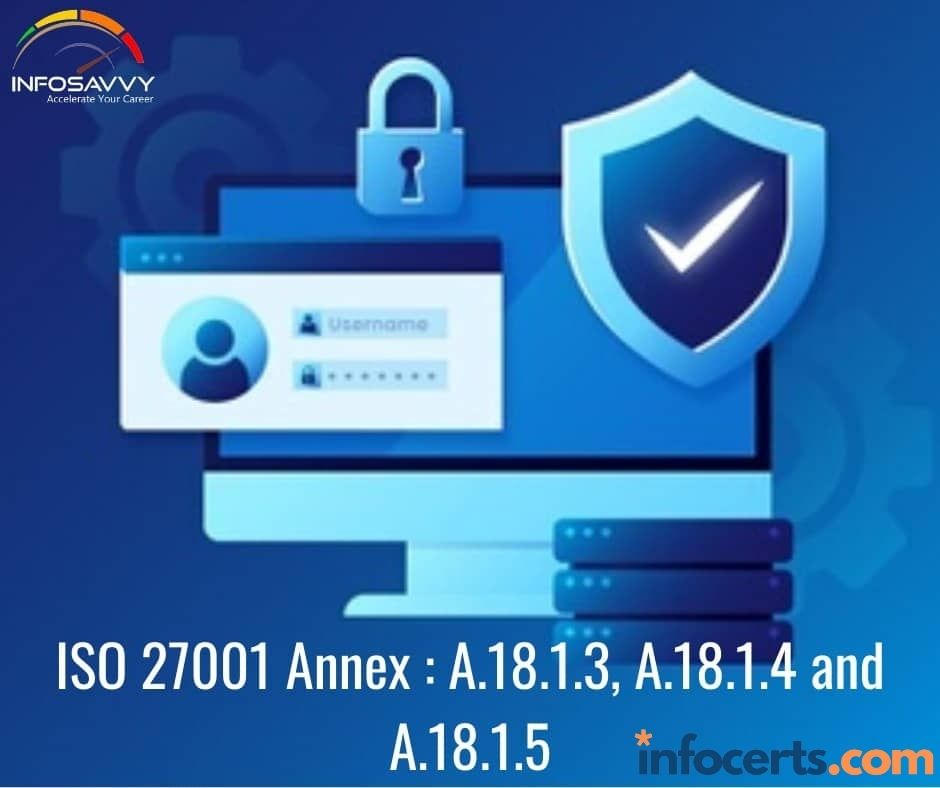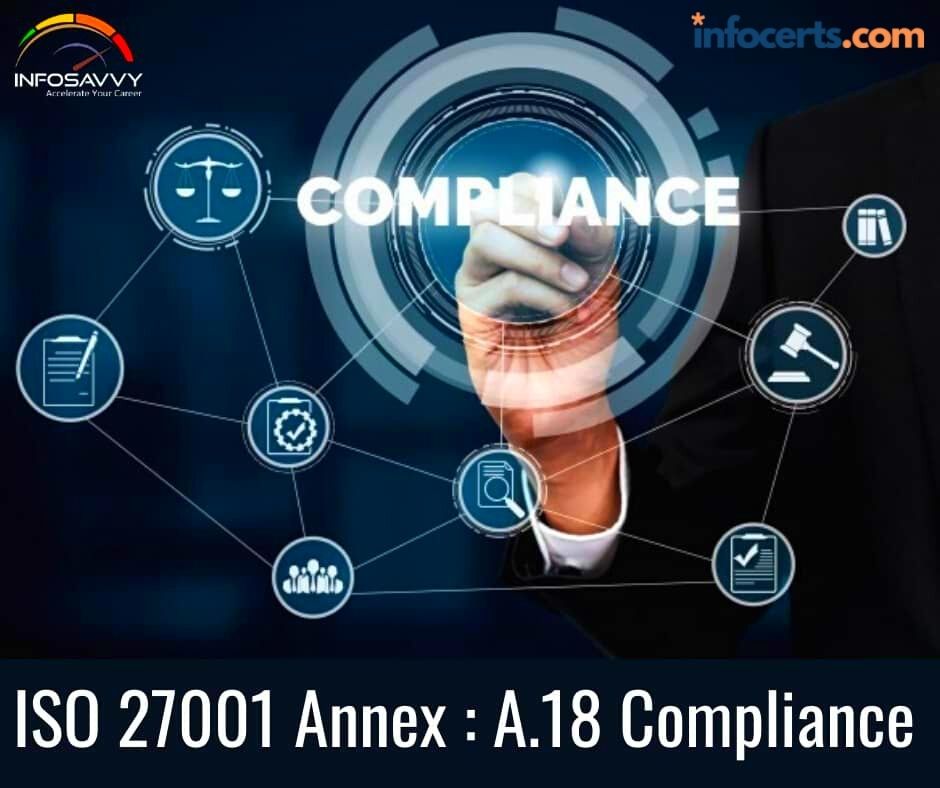ATT&CK 2021 Roadmap

A review of how we navigated 2020 and where we’re heading in 2021
With the monumental disruptions, challenges, and hybrid work environments of 2020, we found innovative ways to collaborate and maintain momentum. We started off 2020 by launching ATT&CK for ICS and expanding it over the next few months to feature mitigations and STIX integration. A proposed ATT&CK data sources methodology was introduced, with the goal of more effectively representing adversary behavior from a data perspective. We added sub-techniques to address abstraction imbalances across the knowledge base, and for a few months, the matrix could fit on one slide again. PRE-ATT&CK’s scope was integrated into Enterprise ATT&CK, and two new tactics, Reconnaissance and Resource Development, emerged from the fusion. We released the Network Devices platform, featuring techniques targeting network infrastructure devices. The Cloud domain benefitted from refined Cloud data sources and new Cloud technique content. Our infrastructure team updated ATT&CK Navigator with new elements to enhance your visualization and planning experience. We launched the virtual ATT&CKCon PowerHour, featuring insights from ATT&CK practitioners and the ATT&CK team. Finally, we mapped techniques used in a series of intrusions involving SolarWinds (recently published as a point release to ATT&CK, v8.2) and publicly tracked reports describing those behaviors.
2021 Roadmap
Our objectives for the next 12 months shouldn’t be as disruptive as 2020’s changes. There aren’t significant structural adjustments planned and we’re looking forward to a period of stability. Our chief focus will be on enhancing and enriching content across the ATT&CK platforms and technical domains. We’ll be making incremental updates to core concepts, such as Software and Groups, and working towards a more structured contributions process, while maintaining a biannual release tempo, scheduled for April and October.
Improving and Expanding Mac/Linux | April & October 2021
We first introduced Mac and Linux techniques in 2017 and we’re ramping up our effort to improve and expand the coverage in this space. Our research efforts are ongoing, and we’re coordinating with industry partners to enrich the existing techniques and develop additional content to cover evolving adversary behavior. We’re also venturing into sub-technique exploration and the refactoring of data sources. Our current timeline is targeting macOS updates for the April release and slating Linux updates for the October release. Interested in contributing to this effort? Connect with us or check out our Contributions page.
Evolving ATT&CK Data Sources | April 2021 & October 2021
You may be aware that we’re revamping the process for ATT&CK data sources. Data sources are currently reflected in ATT&CK as properties/field objects of (sub-)techniques and are featured as a list of text strings without additional details or descriptions. With the refactoring, we’re converting the data sources into objects, a role previously only held by tactics, techniques, groups, software and mitigations. With data sources as objects, they’ll have their own corresponding properties, or metadata.
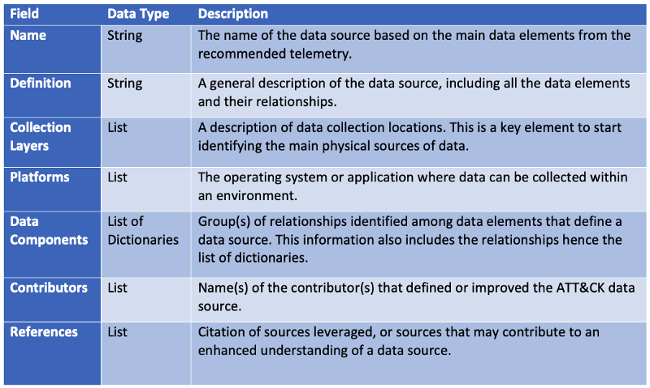
The new metadata provided by data sources includes the concepts of relationships and data components. These concepts will more effectively represent adversary behavior from a data perspective and will provide an additional sub-layer of context to data sources. Data components narrow the identification of security events, but also create a bridge between high- and low-level concepts to inform data collection strategies. They’ll also provide a good reference point to start mapping telemetry collected in your environment to specific sub(techniques) and/or tactics. With the additional context around each data source, the results can be leveraged with more detail when defining data collection strategy for techniques and sub-techniques.
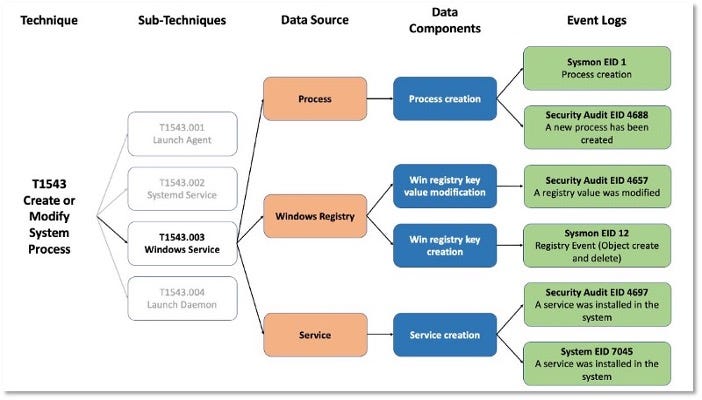
An update of current Enterprise ATT&CK data sources in line with this new methodology is currently planned for the April release, with objects coming in October. Data source refactoring for other ATT&CK domains and platforms are also in progress.
Consolidating Cloud Platforms and Enhancing Data Sources | April 2021
Later this year we’ll be consolidating the AWS, Azure, and GCP platforms into a single Infrastructure as a Service (IaaS) platform. Many of you in the community provided feedback in favor of consolidation, and currently these three platforms share the same set of techniques and sub-techniques. Additionally, an IaaS platform will evolve ATT&CK for Cloud into a more inclusive domain, representing all Cloud Service Providers.
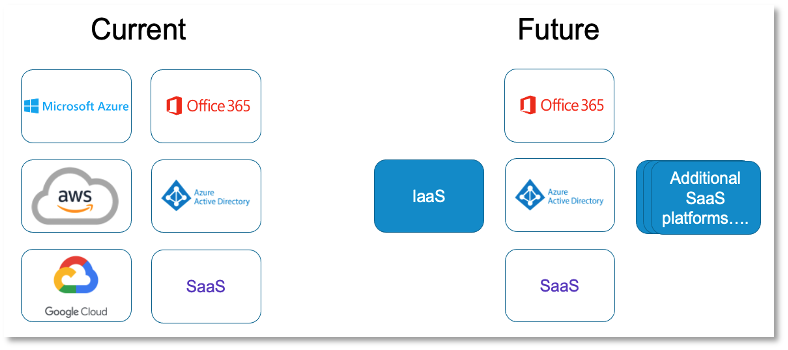
We’re also focused on creating more beneficial data sources for Cloud, shifting from a log-centric approach that isn’t necessarily the most effective for building detections, to aligning to events and API calls within the logs. The approach will mirror the refactoring happening across the rest of Enterprise and will be incorporated in future Cloud updates. IaaS data sources are in progress, and we’ll be expanding coverage to the SaaS, Azure AD, and Office 365 platforms. The initial IaaS data sources are the result of the 2020 revamping that involved normalizing name and structure of data sources across multiple Cloud vendors, with the APIs and events involved in detections across those multiple vendors relevant to a particular data source. The example below features a draft of the Instance data source:
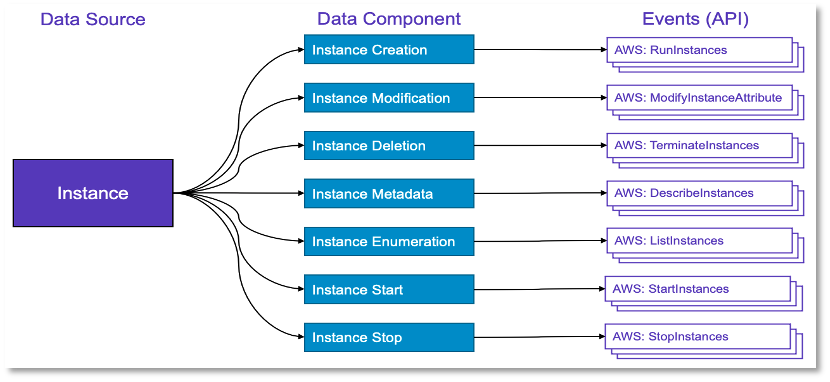
If you have input or opinions on the future platforms or the data sources refactoring, let us know! We want to ensure that the changes we have planned are going to be beneficial to and continue to support your efforts.
Cross-Domain Mapping and Updating ICS Data Sources | October 2021
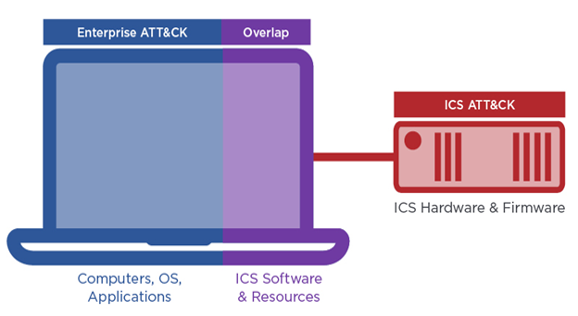
Along with Enterprise, one of our goals for ATT&CK for ICS this year is updating data sources. Network traffic is a popular source of data in ICS networks, but it often overshadows other valuable data sources, including embedded device logs, application logs, and operational databases. Some of the key elements we’ll be focusing on are processing information, asset management, configuration, performance and statistics, and physical sensors.
We’re also working on cross domain mapping. We’ve always emphasized that adversaries don’t respect theoretical boundaries, so having a deep understanding of how IT platforms are leveraged to access different domains or technology stacks, like ICS and Mobile, is really critical. The cross-domain mappings will help inform how to use the knowledge bases together and will more effectively demonstrate the full gamut and adversary behavior. Over the next few months, we’ll be focusing on mapping significant attacks against ICS, including Stuxnet, Industroyer, the 2015 Ukrainian attacks, and Triton, to Enterprise techniques This is a community effort, so if you have feedback on how you’re currently using mitigations, any input on our data source focus, or would like to contribute to the matrix, we encourage you to connect with us.
Refining and Expanding Mobile | October 2021
A key focus area for Mobile this year is working towards feature equity with Enterprise. This means continuing to refine and enhance our content, including working to identify new techniques, building out Software entries, and enhancing Group information. We’ll also be developing Mobile sub-techniques, which would provide that extra level of detail for the techniques that need it, without significantly expanding the size of the model. In addition to resolving the different levels of granularity between current techniques, sub-techniques would provide enhanced synergy between Mobile and the broader ATT&CK. The integration could potentially include unifying techniques between Mobile and Enterprise and using sub-techniques to differentiate mobile device specifics. Similar to Cloud and Network, the mobile device-specific content would still be separately viewable.
We’ve been coordinating with MITRE Engenuity as they look to examine mobile threats and how to evaluate the types of capabilities and solutions that address the threat. Their eventual goal is to provide public evaluations for Mobile, but there is still a lot of collaboration and awareness building needed to bring the community up to a collective understanding of the mobile threat landscape. Building on the criticality of a collective community understanding of Mobile threats, we kicked off a mini-series highlighting significant threats to mobile devices and we’ll continue walking through mobile security threats and how to use ATT&CK for Mobile to address them in over the next few months. We’re very interested in any adversary behavior targeting mobile devices that you’re seeing in the wild. If you would like to help us build out new techniques, or if you have data or observed behaviors you’d like to share, reach out or take a look at our Contributions page.
Investigating Container-based Techniques | Upcoming
Technique coverage for Container technologies (such as Kubernetes and Docker) have been on our docket for a while, and following the call for input in December, supporting a Center for Threat Informed Defense (CTID) research project, many of you responded with the contributions that informed the draft ATT&CK for Containers. We’re excited about this milestone, but we’re still exploring a few avenues before incorporating the techniques into ATT&CK. Most critically, we’re working to determine if adversary behaviors targeting containers result in objectives other than cryptomining. Our own research and ongoing conversations with contributors seem to point to most behaviors eventually leading to cryptomining activities, even when they involve accessing secrets such as cloud credentials.
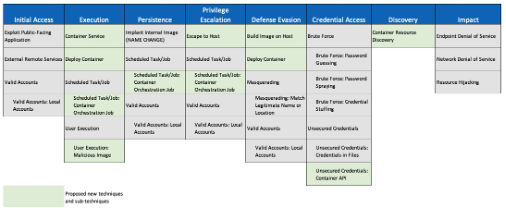
With this in mind — we need your expertise and views from the trenches! If you’ve seen or heard of adversaries using containers for purposes such as exfiltration or collection of sensitive data, your input would be invaluable. With a better understanding of how adversary behavior in containers links to the rest of Enterprise, we’ll be able to develop a better approach for adding Containers techniques in a future ATT&CK release. We’re interested in your opinions on any gaps in the matrix or in-the-wild adversary behaviors that are not currently represented — let us know if you’d like to have a conversation!
Unleashing ATT&CK Workbench | Upcoming

Later this year we’re partnering with the CTID to launch a new toolset that will enable you to get behind the wheel and explore, create, annotate and share extensions of ATT&CK. ATT&CK Workbench will provide the tools, infrastructure, and documentation to simplify how you operate and adapt ATT&CK to local environments while staying in sync with upstream sources of ATT&CK content. Ever wanted to add some new procedures to T1531? Or monitor a threat group ATT&CK’s not currently tracking? How about sharing notes with team members on a specific object? Workbench will also enhance our ability to collaborate — you’ll be able to easily contribute techniques, extensions, and enhancements to ATT&CK. We’re excited to see how the community will leverage the toolset to apply the ATT&CK approach to new domains.
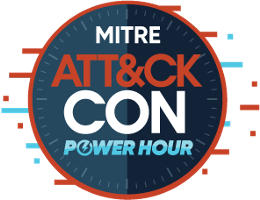
Innovating ATT&CKcon | Upcoming
We kicked off the concept of ATT&CKcon in 2018, and our inaugural venture featured around 1,250 virtual and in-person participants. In 2019, ATT&CKcon 2.0 reached more people than ever before, with 7,315 online registrations. With the global pandemic in 2020, we created ATT&CKcon Power Hour, a series of monthly 90-minute virtual power presentations, which have had a reach of over 12,000 to date. We don’t know exactly what ATT&CKcon 3.0 (4.0?) in 2021 will bring, aside from the great speakers sharing their insights from working with ATT&CK in the trenches, but we’re excited to see how it’ll continue to grow. Stay tuned for additional details on what ATT&CKcon 2021 will look like and how you can get involved.
In Closing
Listening to the ATT&CK community, incorporating your feedback, and acting on your input has always been central to our model. ATT&CK is community-driven, and your first-hand knowledge and on-the-ground experience will continue to be critical to our efforts to evolve and expand the framework. We look forward to collaborating with you and appreciate your dedication to helping us improve ATT&CK for the entire community. You can always connect with us via email, Twitter, or Slack.
©2021 The MITRE Corporation. ALL RIGHTS RESERVED. Approved for public release. Distribution unlimited 20–00841–24.
ATT&CK 2021 Roadmap was originally published in MITRE ATT&CK® on Medium, where people are continuing the conversation by highlighting and responding to this story.

